REDDAM EARLY LEARNING SCHOOL ST LEONARDS NEWSLETTER

Principal’s Message
“

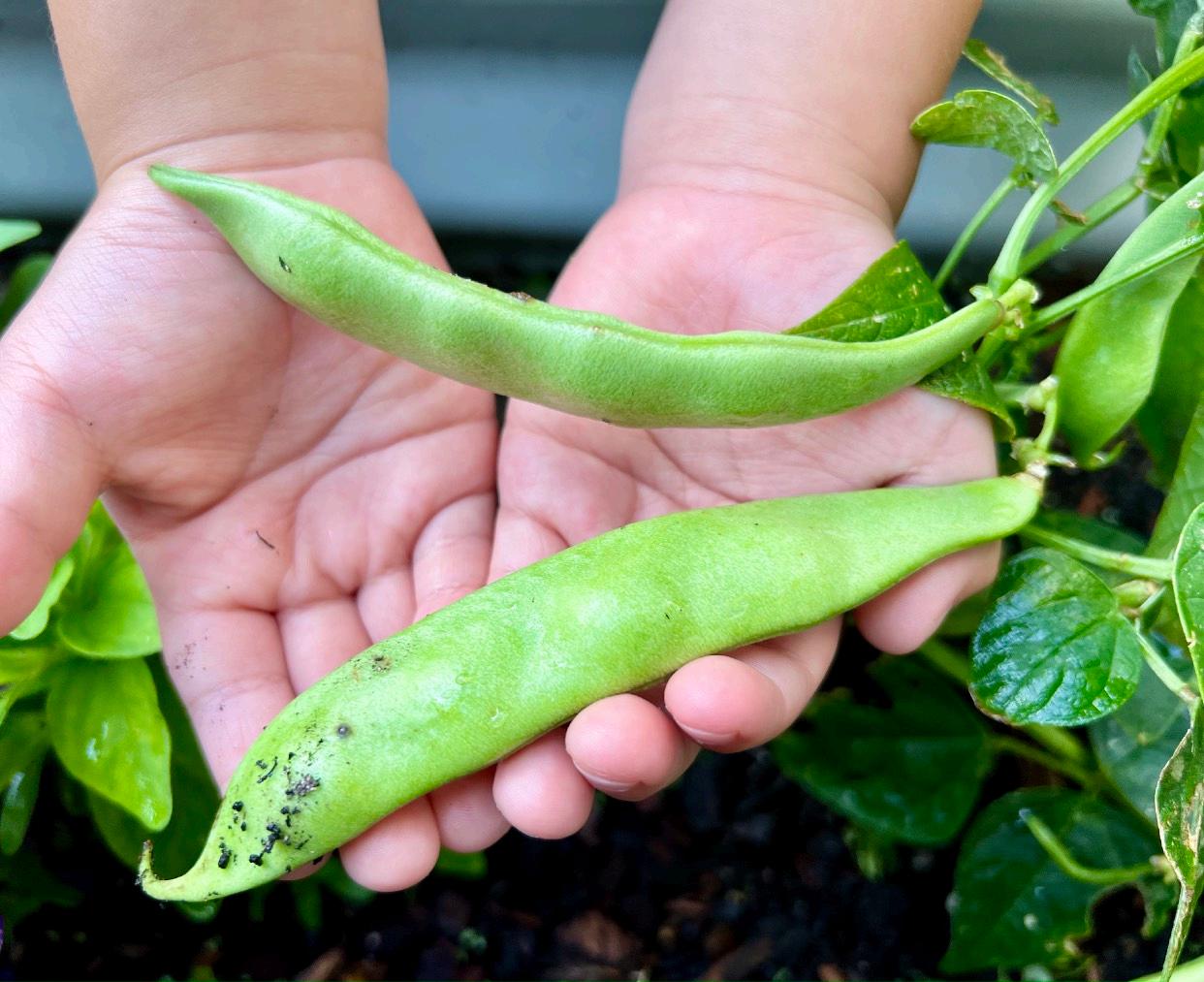 By Mrs Simone Cooke
By Mrs Simone Cooke
The wider the range of possibilities we offer children, the more intense will be their motivations and the richer their experiences”
- Loris Malaguzzi
Dear Parents,
I am delighted to report that our educational programme is in full swing and the children have really enjoyed the recommencement of their specialist classes. We have of course had to navigate a range of weather seasons already this year from torrential rains through to steaming hot days. Please rest assured we are prepared for every contingency and we diligently record UV levels on an ongoing basis so that our children are protected. We have recently installed sunshades over our sandpit area and are very fortunate to have large areas of shade in our playground spaces so that children can still have opportunities to play undercover on very sunny or wet days. Thank you for your diligence in always ensuring your child has their hat with them at school as we have a strict “ No hat no play policy” in place. Could I please ask that each parent apply sun cream to your child prior to arrival at school each morning and our teachers ensure that sunscreen is reapplied prior to morning outdoor play and then again in the afternoon after their rest period.
Central to our Reggio Emilia approach to learning is the notion that environment is an important element for children’s learning. The first teacher is of course the parent who takes on the role of active partner guiding their child. The second is the children’s teachers who play the important role of acting as researcher and intentionally engaging the children in meaningful ways . The physical environment also plays an important role and acts as a third teacher , with our learning spaces designed to be not only functional, but beautiful and inviting , so that together these three ‘teachers’ combine to ignite a child’s desire to learn.
REDDAM EARLY LEARNING SCHOOL | ST LEONARDS NEWSLETTER
10th February 2023
1
Principal’s Message Continued…
We are so fortunate here at Reddam to have such lovely large indoor and outdoor play spaces for our children. Much thought and effort has gone into creating these beautiful spaces for our children.
Our Reggio Emilia inspired classrooms have been designed to act as a “third teacher”, to be both aesthetically interesting and inviting whilst also providing a sense of calm and serenity. Throughout the day the children have a lovely balanced mixture of indoor and outdoor exploration and there are many opportunities for spontaneous exploration as well as intentional teaching.
As collaboration is a key element of our approach here at Reddam our facilities such as our art atelier, stage areas, undercover playgrounds and internal ‘break away’ spaces for yoga, gymnastics and drama means that the children are offered endless opportunities for open ended play and discovery. T
eachers are intentional in their selection of resources and throughout the year the teachers will often plan a special day for a particular outdoor focus such as water play days where they are invited to bring in their swimming costumes and play under the sprinklers or on a wet day bring their gumboots to stomp in puddles. Using our environment in this way ensures that the children experience variety , giving them first-hand experiences with the world in which they live.
This term our Stage 4 children have been eager to take responsibility for our vegetable gardens upstairs and have formed their own committee and set their own rules such as “Don’t put strawberries up your nose”, allowing their voices to guide our outdoor programme.
You will notice that the focus of provocations such as “ Paddock to Plate” or “Mini Beasts” is often emergent in nature as when learning is the product of children’s construction rather than dictated by teachers, learning becomes more meaningful and relevant to the child and learning becomes more individualised.
For instance, if a child finds a bee on a flower and wants to understand how honey is produced , this may begin a whole investigation into bees. By being responsive to the interests of the children and offering a stimulating and engaging environment we offer our children the best possible environment in which to thrive and grow.
REDDAM EARLY LEARNING SCHOOL | ST LEONARDS NEWSLETTER
2

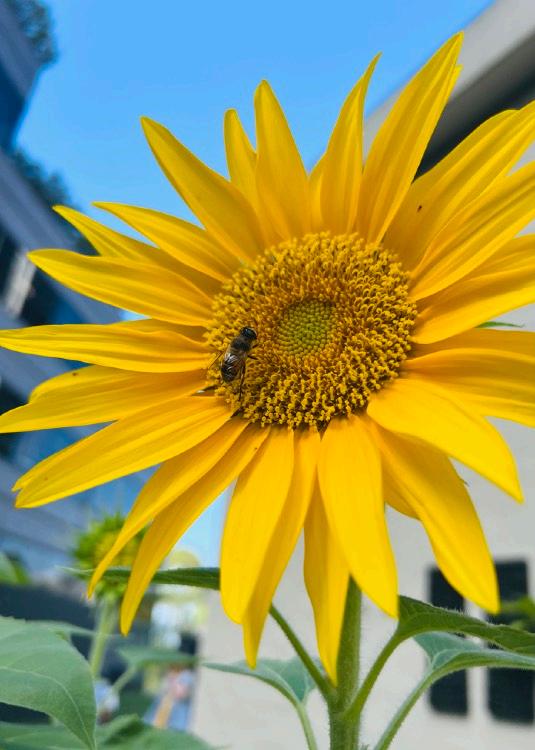
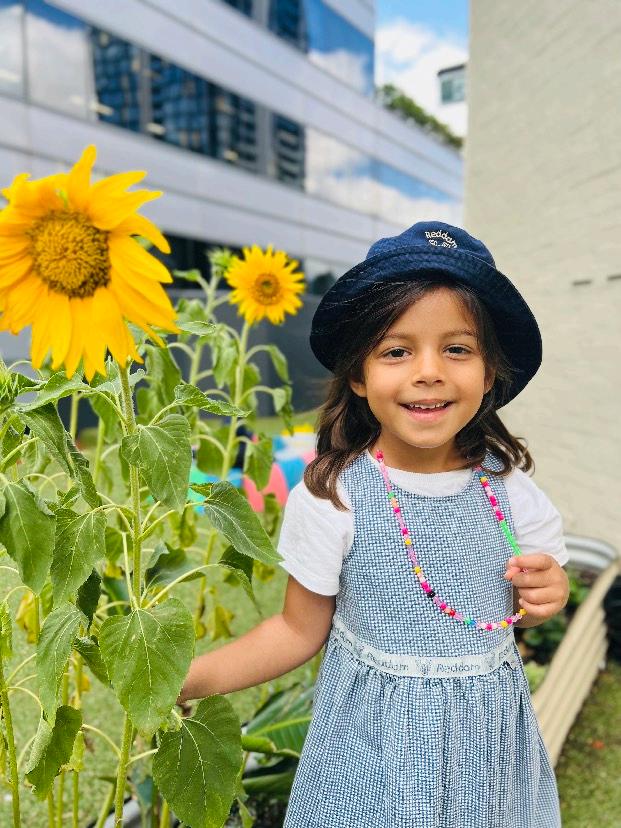
REDDAM EARLY LEARNING SCHOOL | ST LEONARDS NEWSLETTER 3
Stage 4R
Underwater World
By Ms Riina Andrews
Children are full of wonder and this comes through to us as questions! This week, the question that intrigued the class the most was ‘How is sand made?’. This question then led us to a group discussion on what we thought the answer was, for example:
Owen – ‘the rocks breaking’
Ethan – ‘the yellow rocks mix with the sand’
Ella – ‘the rocks collapse’
Elizabeth – ‘the rain wets the rocks’
Kyson – ‘still not sure’
Franco – ‘by rubbing the rocks’
Sophie – ‘made out of rocks’
Morgan – ‘the rain wets the sand’
Risa – ‘rain turns into sand’
Aneilia – ‘the rocks break’
Finn – ‘because of the water and rocks’ Summer – ‘stones crumble’
Joseph – ‘rain pushes the rocks’
Amelia – ‘rocks break into sand’
Hazel – ‘water falls on the beach’
After we all gave our answers, we explored erosion and how this affects the ecosystem and conservation of our beaches. We also discussed water pollution and how best to keep our water ways clean (of which the class had some very knowledgeable answers).
Art and Craft
Using sand as a medium, the children drew sandcastles on a piece of paper and then followed their lines with some glue. We then proceeded to sprinkle sand on the lines of the sandcastle and shake off the excess sand to produce our own sandcastle collage. The children were very surprised when they brushed away the sand and an image appeared of the sandcastle.
Wet Sand Sculpture
Using wet sand, the children were able to sculpt and replicate their own art/craft sandcastle. Looking at their previous work, each child was encouraged to mould the sand into the same shape as their collage. This lesson fostered the children’s ability to observe and construct to produce a 3D version of their art work.
Writing Table
Using Underwater World themed printed cards, the children were introduced to using chalk and chalk boards as a new way to practise writing skills. Each child was encouraged to choose a card, place it in front of themselves and write what they saw. Some child even drew a little picture to go with their words!
Activity Books
We practised writing about ourselves in our writing books this week. Slowly we are all becoming more comfortable with writing letters and words as it was very overwhelming in the beginning but we are now looking forward to activity books each day!
A great week had by all!
REDDAM EARLY LEARNING SCHOOL | ST LEONARDS NEWSLETTER 4

REDDAM EARLY LEARNING SCHOOL | ST LEONARDS NEWSLETTER 5
Stage 4R: Sandcastle Art


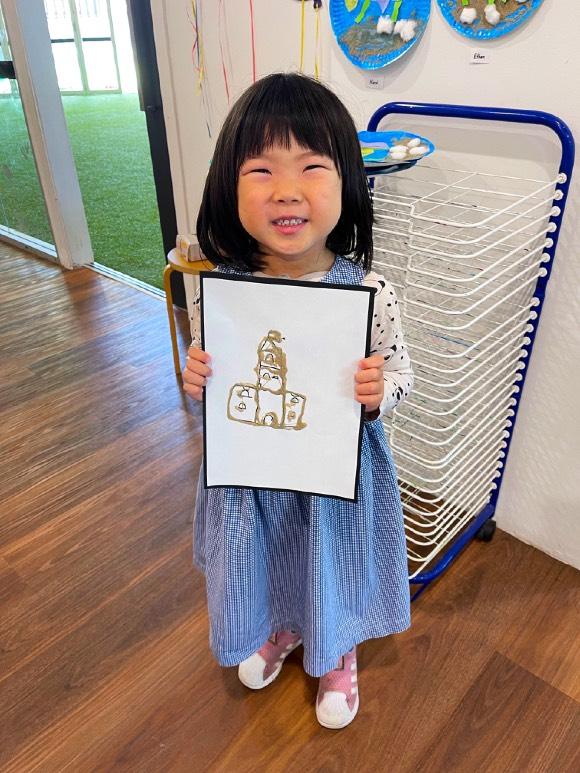
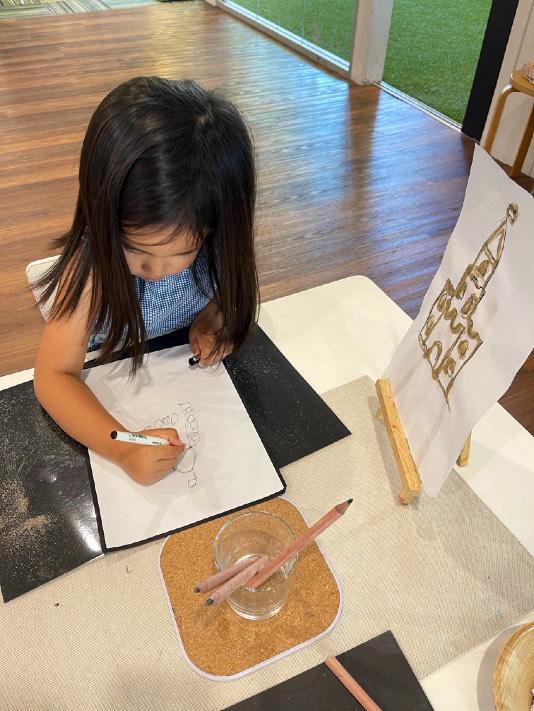
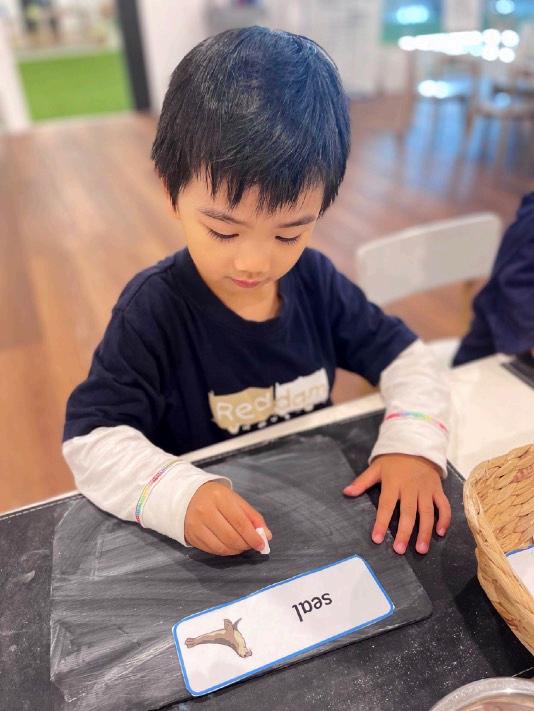
| ST LEONARDS NEWSLETTER 6
Stage 4R: Writing Practice
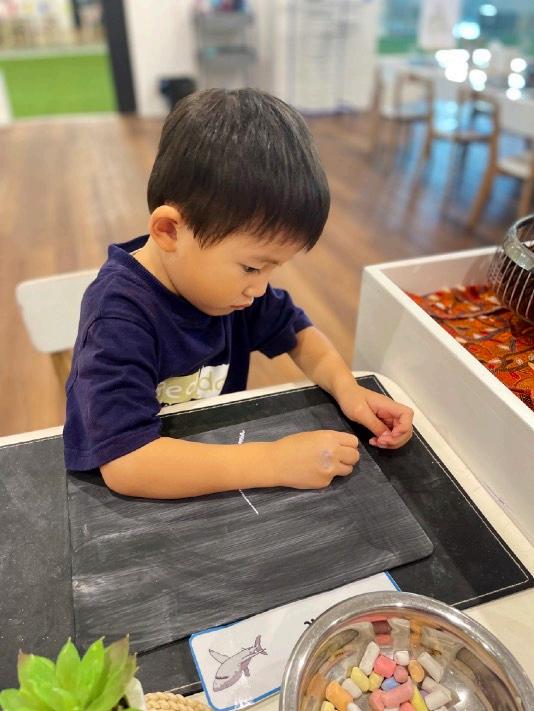
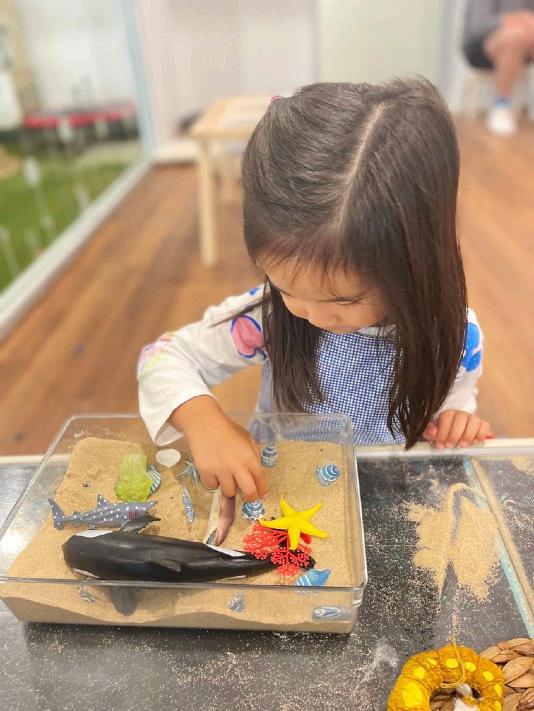
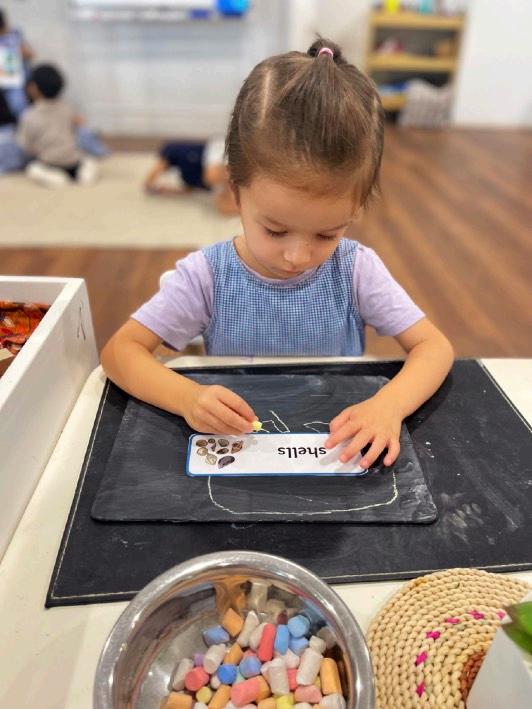
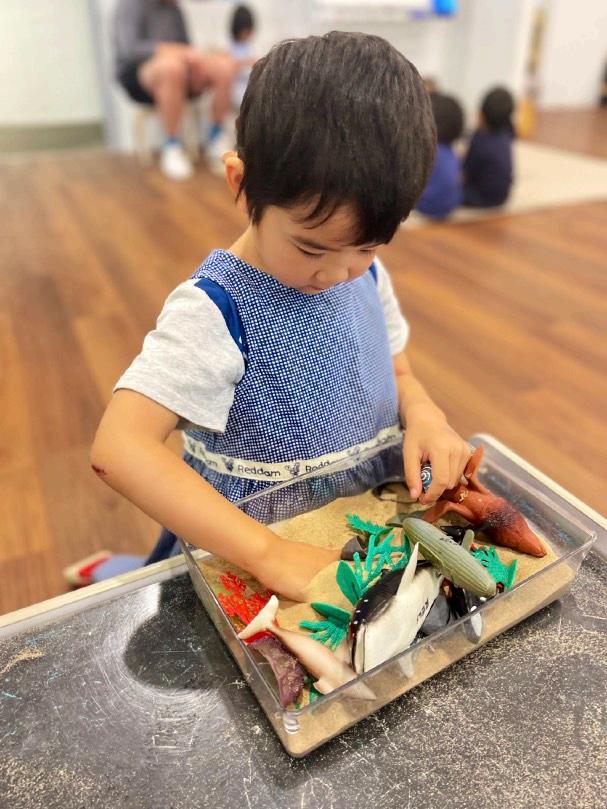

REDDAM EARLY LEARNING SCHOOL 7
By Ms Emily Brazel
The Human Body
What a very busy week we have had! The children are throughly enjoying their term's provocation; The Human Body. Each of our body systems are interconnected and dependent on each other. Our heart, which is part of the circulatory system, does not beat unless our brain, which is part of our nervous system, tells us to. Our skeletal system is dependent on our digestive system for increase in size and strength. By understanding that our whole body is connected, and how we use ur body, children will learn to care for and protect their body as they want it be the strongest it can be.
What is your favourite organ?
This week's provocation was learning all about the different organs in the body. Each of the 24 organs in our body has a special job to do. Organs work together to carry out tasks. Throughout the week each child was invited to participate in a drawing and painting activity. This one-on-one experience allowed teachers to understand where each child is up to in their drawing and fine-motor ability.
Firstly the children were asked to choose their favourite organ and explain to their teacher why it was their favourite. This encouraged language and communication skills. All the children articulated affectively during this task. Once this was complete the children set to work. This experience allowed the children the opportunity to practise their fine-motor, tripod grip and creative skills. The teachers sat with each child individually and talked them through the step by step the process. It was really great to see all the children follow listen and follow instructions. Once they had finished their drawing the teacher spoke to each child about what the specific role of that body organ plays in their body. They were then given water colours and a paint brush to make their drawing colourful organ and come to life.
Can you match the organs to the body?
This week Stage 4E were invited to participate in an activity that encouraged them to use their thinking skills to match the organs to where it belongs in the body. Firstly, teachers had a group time with the class to create a mind map of what organs the children already know. Once this was finished, together we look at the human body and where each organ is placed inside the body. Afterwards children had the opportunity to then place each organ where they think it belongs using a human body outline and small cut outs of organs. It was lovely to see all the children engage in this experience, eager to understand what is inside their body and where.
What organs can you find?
Kids learn about the world around them and their own senses and body responses through the senses. When the senses are engaged, neural pathways in the brain are being created. These neural pathways are what will help your child in learning throughout their life. This week the children used their sense of touch the feel the red water beads and find the body organs inside. Once the had found the organs they were encouraged to look for the name, with assistance from their teacher. It was really great to hear so many beautiful conversations take part during this activity!
We will continue to further investigate the body organs as it is an interest of the children!
Stage 4E
REDDAM EARLY LEARNING SCHOOL | ST LEONARDS NEWSLETTER 8
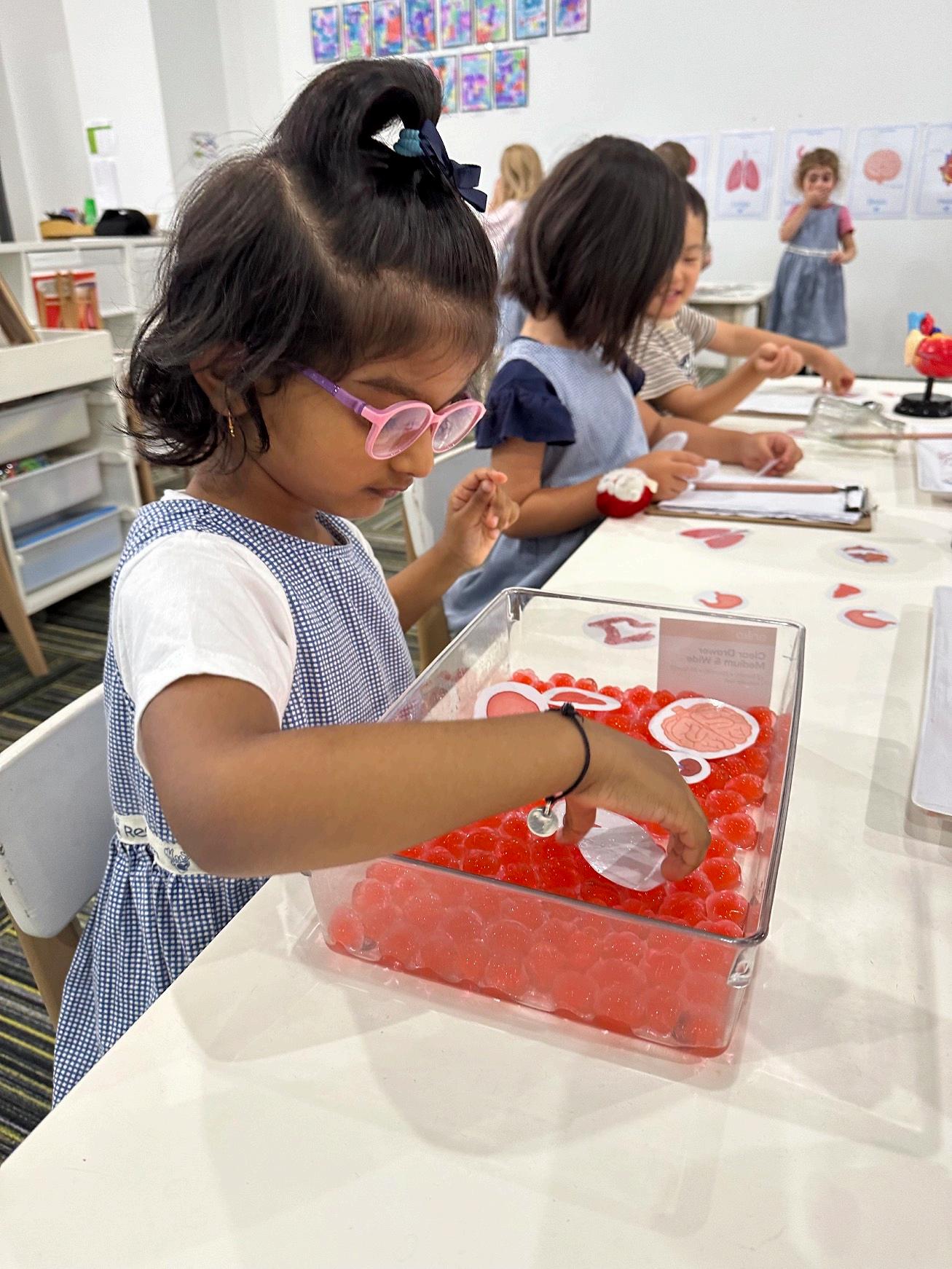
Stage 4E: Drawing Our Organs



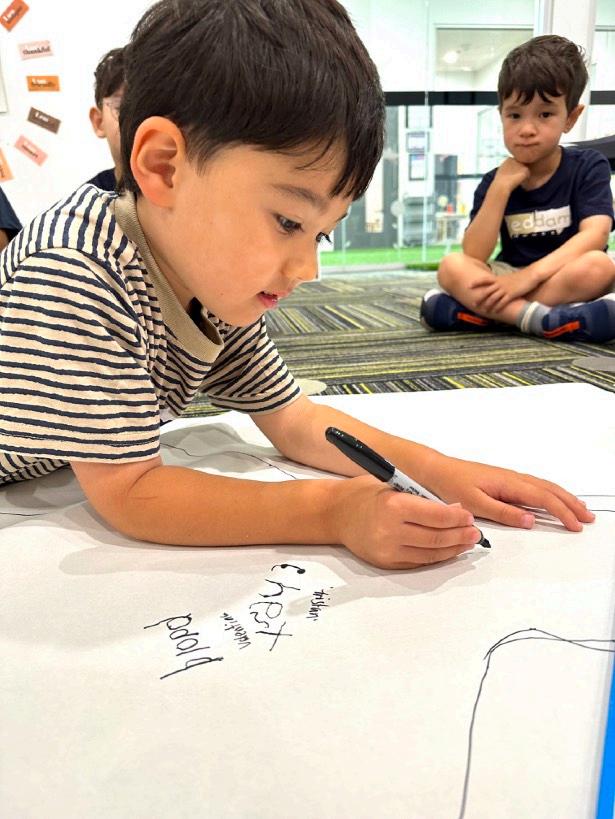
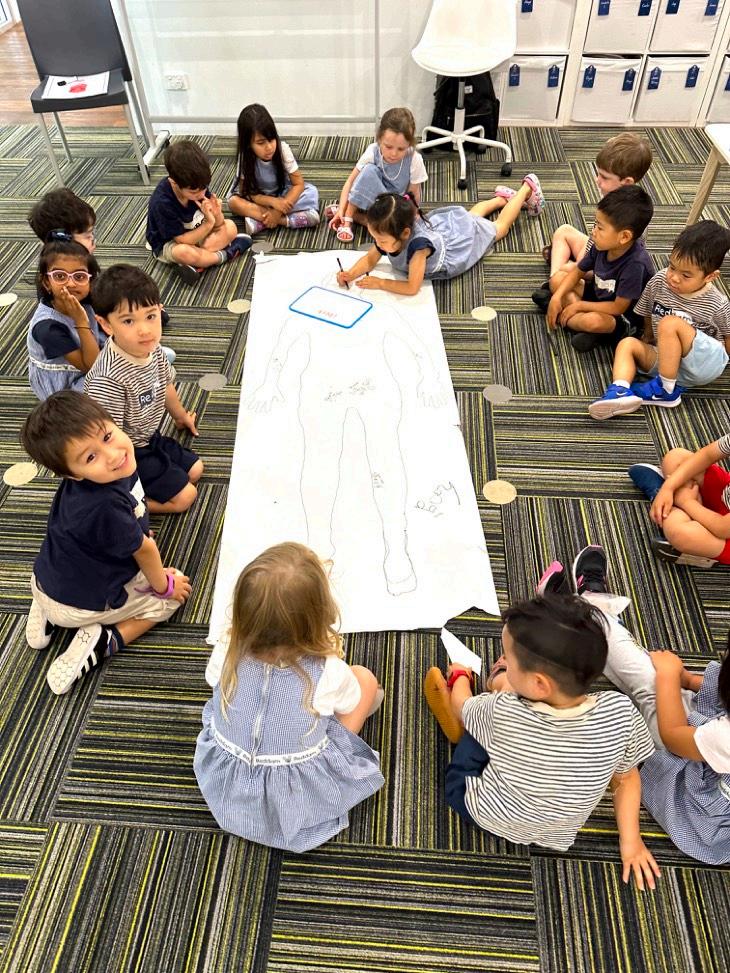
REDDAM EARLY LEARNING SCHOOL
Stage 4E: Matching Organs


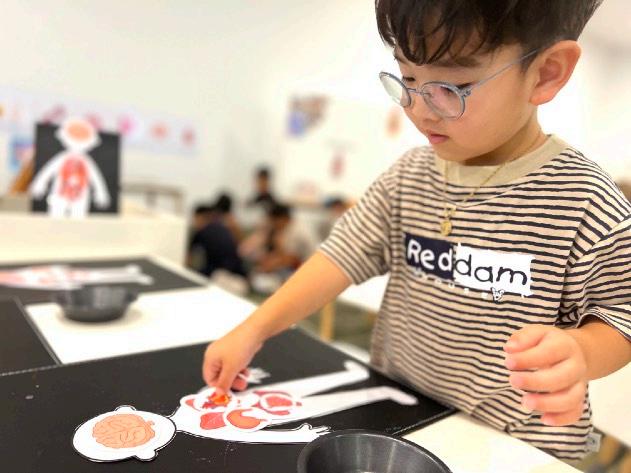
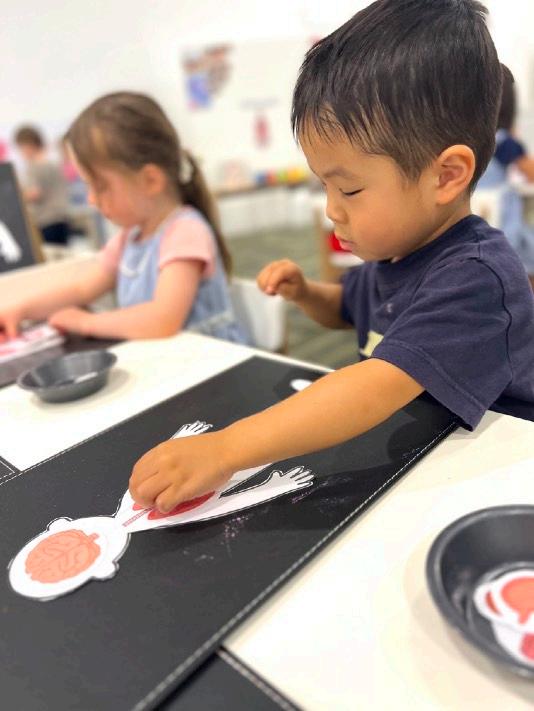
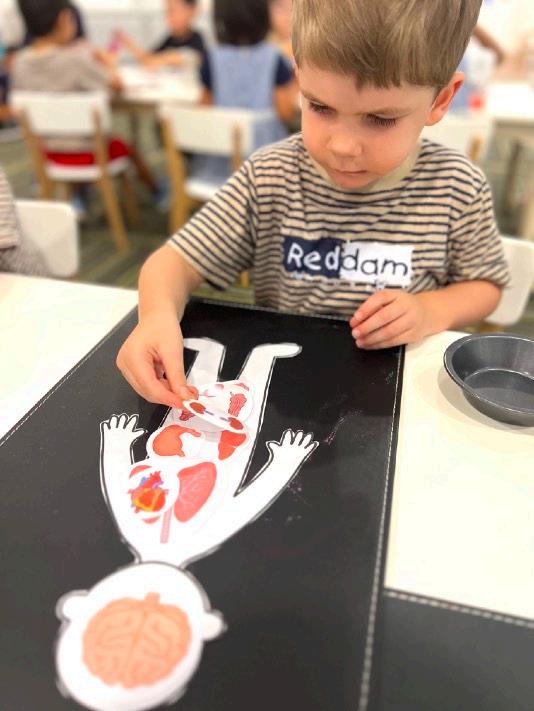
REDDAM EARLY LEARNING SCHOOL 11
By Ms Sarah Ross
How Does My Garden Grow?
Stage Four began the week by engaging with an informative text called ‘Growing Plants’ that explored what seeds require to germinate and grow.
The children showed great interest in this concept which prompted a discussion group where the children reflected on what they had learnt in the text through creating a visual diagram with Miss Sarah on our white board. We started with drawing a tiny seed and asked the children what the seed needed to germinate or grow. Their responses included; “water” , “sunlight”, “food”(nutrients from the soil), and “a long time”. It was wonderful to hear all the children contribute and share the knowledge they had acquired. In the end we had created a beautiful diagram of a pineapple plant thriving with all its needs met!
Following on from our literacy and discussion groups the children were invited to extend upon what they had learnt through a dramatic play experience where they sorted fruits and vegetables and planted them into pretend garden beds. This prompted a discussion about which fruits and vegetables grow directly from the ground compared to those that grow on trees or bushes.
Extending upon the differentiation of how our fruits and vegetables grow Stage Four were invited to create an art piece where they created their own diagram showing how their favourite foods grow. First the children used a black marker to draw a line across their page to indicate where the soil began and then drew their fruits and vegetables. Next, the children coloured their foods with crayons and used water colours to fill in the sky and soil. We were so proud to see each child demonstrate their persistence and focus while completing their art project and look forward to seeing what else they create this term!
How Do Plants Drink Water?
As we continue to explore how our food grows the children participated in an experiment where we observed how water can move through plants. We began setting up this experiment by mixing food colouring with water in jars and trimming some white flowers to fit in the jars. Next, each child took turns choosing a flower and placing it in a colour of their choice. Afterwards, we discussed again how plants need lots of time to grow and that it will take time for our flowers to soak up the water. Over the following days the children were amazed to see that our flowers had started to change colours. The children were quick to notice that plants utilise water and nutrients throughout their body.
Stage 4D
REDDAM EARLY LEARNING SCHOOL | ST LEONARDS NEWSLETTER 12
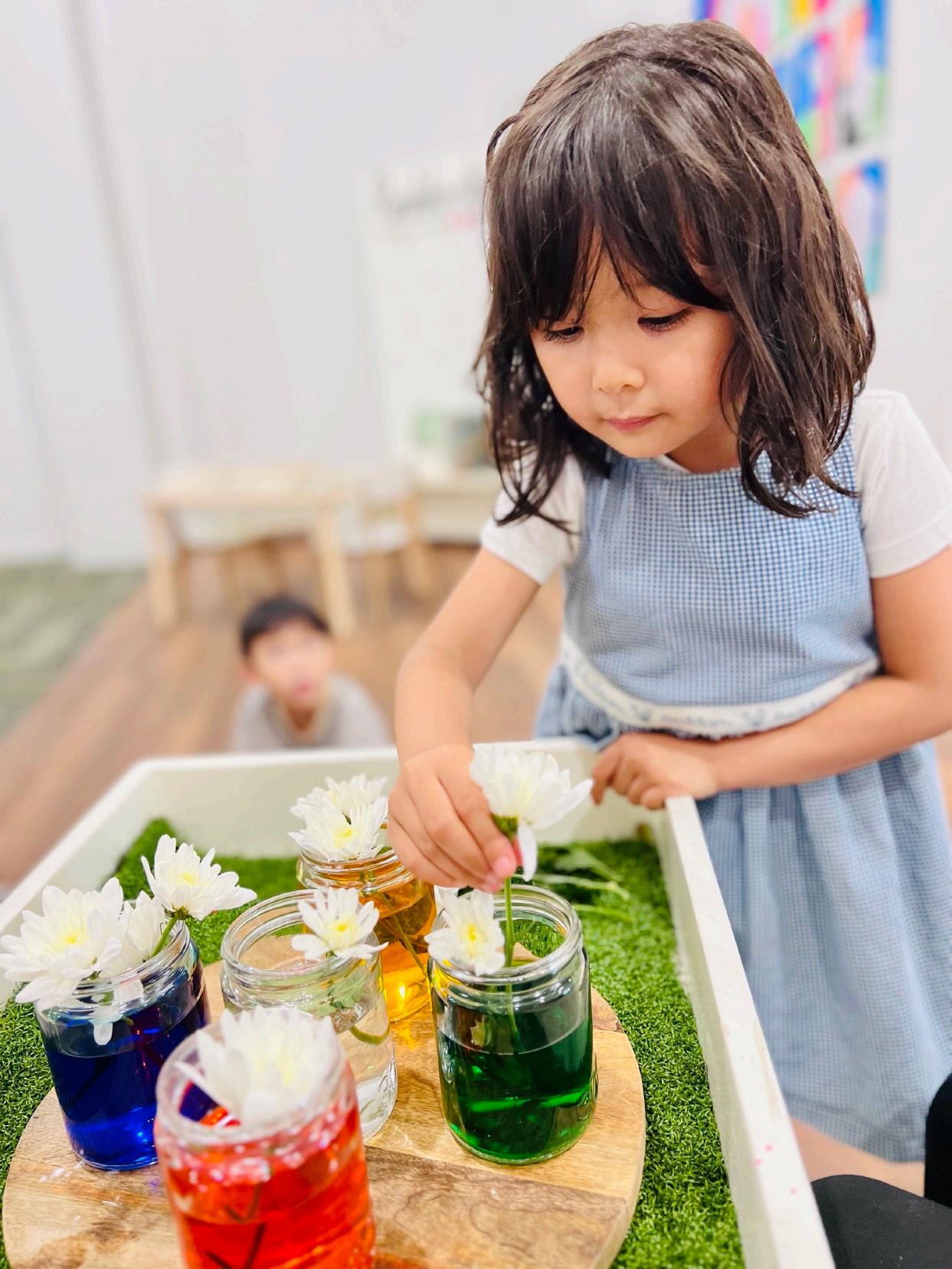
| ST LEONARDS NEWSLETTER
Stage 4D: How Do Plants Drink Water?




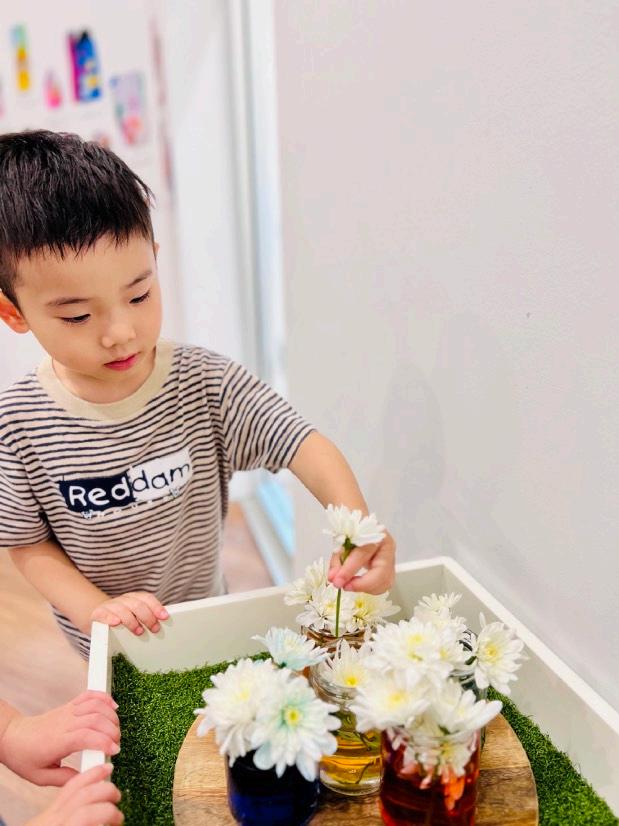
REDDAM EARLY LEARNING SCHOOL | ST LEONARDS NEWSLETTER 14
Stage 4D: Vegetable Gardens





REDDAM EARLY LEARNING SCHOOL | ST LEONARDS NEWSLETTER 15
Stage 3/4
Marvellous Me
By Ms Emily Chacon
This week our focus has been looking into ourselves, what makes me unique?
Throughout the week the children engaged in a range of experiences that ensured they gained a sense of belonging to their new preschool classroom.
A sense of belonging has been found to improve children’s learning. Children who feel that they belong are happier, more relaxed, and have fewer behavioural problems than others. They are also more motivated and more successful in their learning. Belonging acknowledges children's interdependence with others and the basis of relationships in defining identities. In early childhood, and throughout life, relationships are crucial to a sense of belonging. Belonging is central to being and becoming in that it shapes who children are and who they can become.
In the classroom we have begun saying our affirmations. Each morning the children are encouraged to say together each affirmation to gain a sense of confidence and reassurance.
I am HONEST I am GRATEFUL I am LOVED
I am ENOUGH
I am HAPPY
School can be daunting sometimes, and I want to ensure that every child feels valued for who they are. As the children walk into the classroom, I want them to be reminded of the amazing people they are.
Looking further into ourselves, the children were taught that we explore the world around us using our 5 senses. On our table the children were free to investigate the various items provided. There were bells, pom poms, instruments, mirrors, and coloured windows. The children were encouraged to use their sense of sight, sound, and touch to engage in play.
Sensory play helps children to build skills in cognitive growth, fine and gross motor skills, problem-solving, social and language development.
I am BRAVE
I am KIND
I am STRONG
I am SMART
I am HELPFUL
REDDAM EARLY LEARNING SCHOOL | ST LEONARDS NEWSLETTER 16

REDDAM EARLY LEARNING SCHOOL | ST LEONARDS NEWSLETTER 17
Stage 3/4: I am Happy
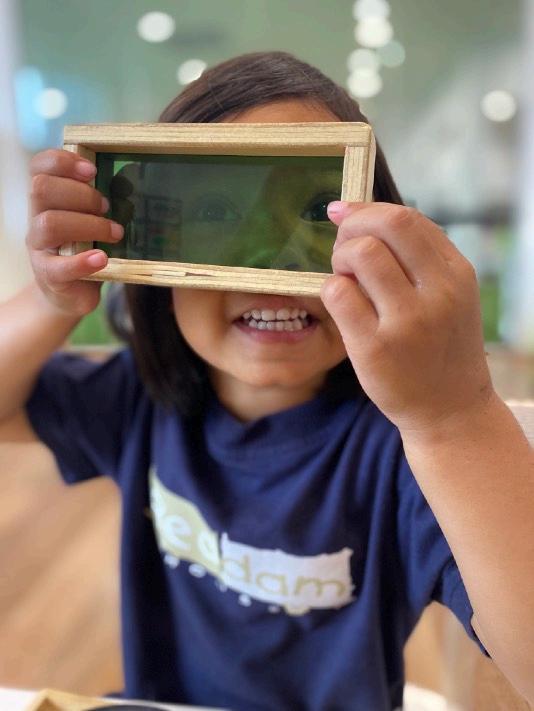


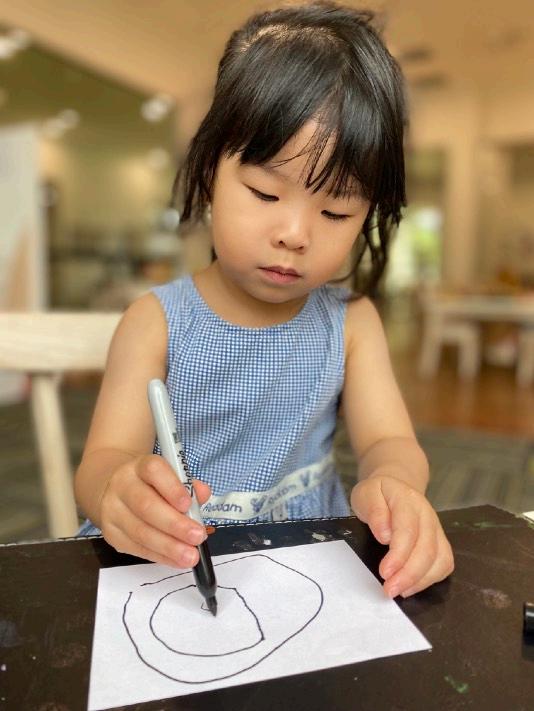

REDDAM EARLY LEARNING SCHOOL | ST LEONARDS NEWSLETTER 18
Stage 3/4: Marvellous Me
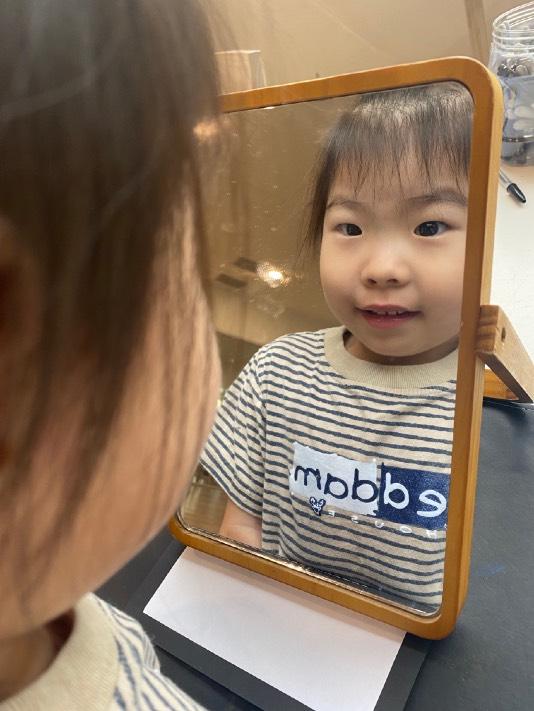


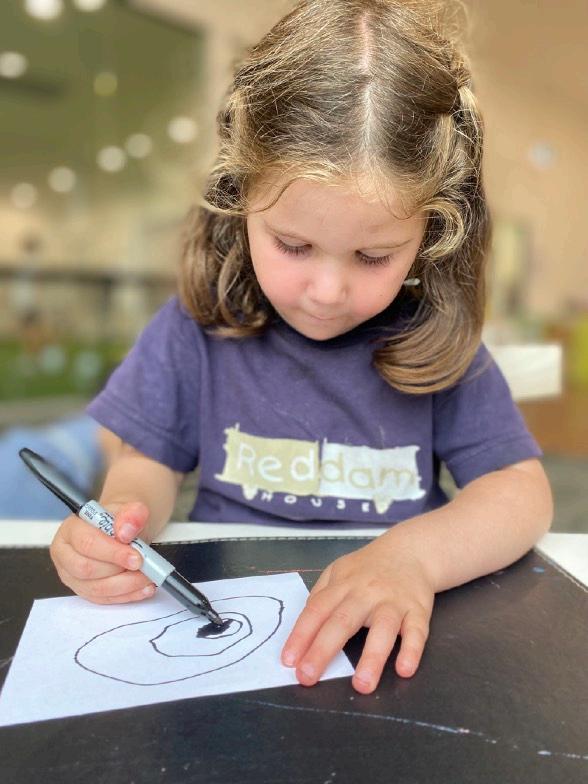
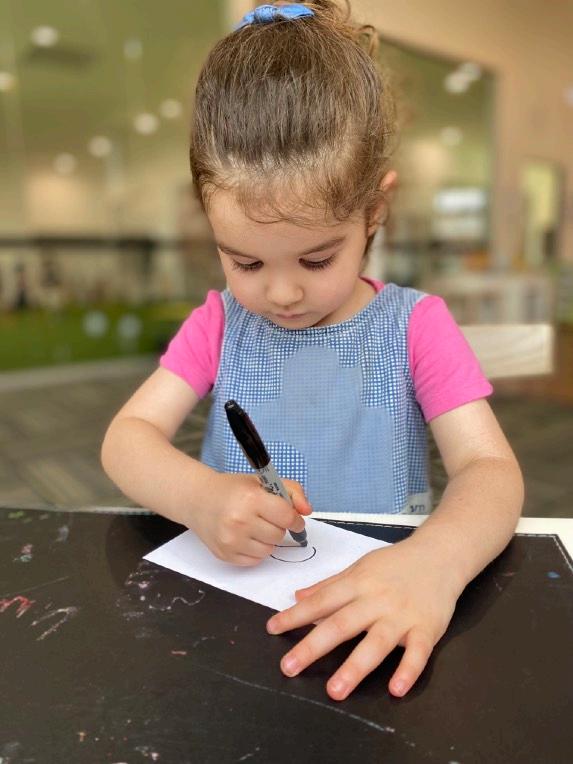
REDDAM EARLY LEARNING SCHOOL 19
Stage 3E
How I See My Friends
By Ms Sophie Schwarz
This week Stage 3 has been focusing on ‘How I see My Friends”. We have been discussing the importance of being kind and caring to those around us, and how we should treat our friends. It has been lovely to hear their responses and listen to them expand their thoughts and participate in the discussion.
James: ‘A friend is sharing and not being mean’
Arthur: ‘A friend plays with you’
Travis: ‘Being caring’
Gabriel: ‘Friends make you happy’
Claudia: ‘A friend makes you laugh’
Aydin: ‘They are Superman. They are happy and play with me’
Amelia: ‘Mia plays with me’
The children have been involved in a group provocation creating a beautiful Friendship Tree. They have enjoyed using their thumbs with paint to create this piece of art, whilst engaging their fine motor skills.
During group time, one of the children was telling me a story and I asked her if she would like to share it with the whole class. This was a success! When I asked if anyone else would like so stand up and share anything with the class, all hands went up eagerly. It was amazing to see all the students having the confidence to stand in front of their peers to share a long story or only to say a few words.
Educating young children to be a good friend will help them make lasting friendships throughout their lives. It has been wonderful watching the children settling further into their new class and watching their friendships develop.
Housekeeping
Please ensure your child arrives to school with sunscreen on, and we will reapply during the day. Please ensure your child comes to school with a drink bottle and all items are labelled with their names. Please feel free to let your child bring in a book to school and we will read it during the day.
REDDAM EARLY LEARNING SCHOOL | ST LEONARDS NEWSLETTER 20
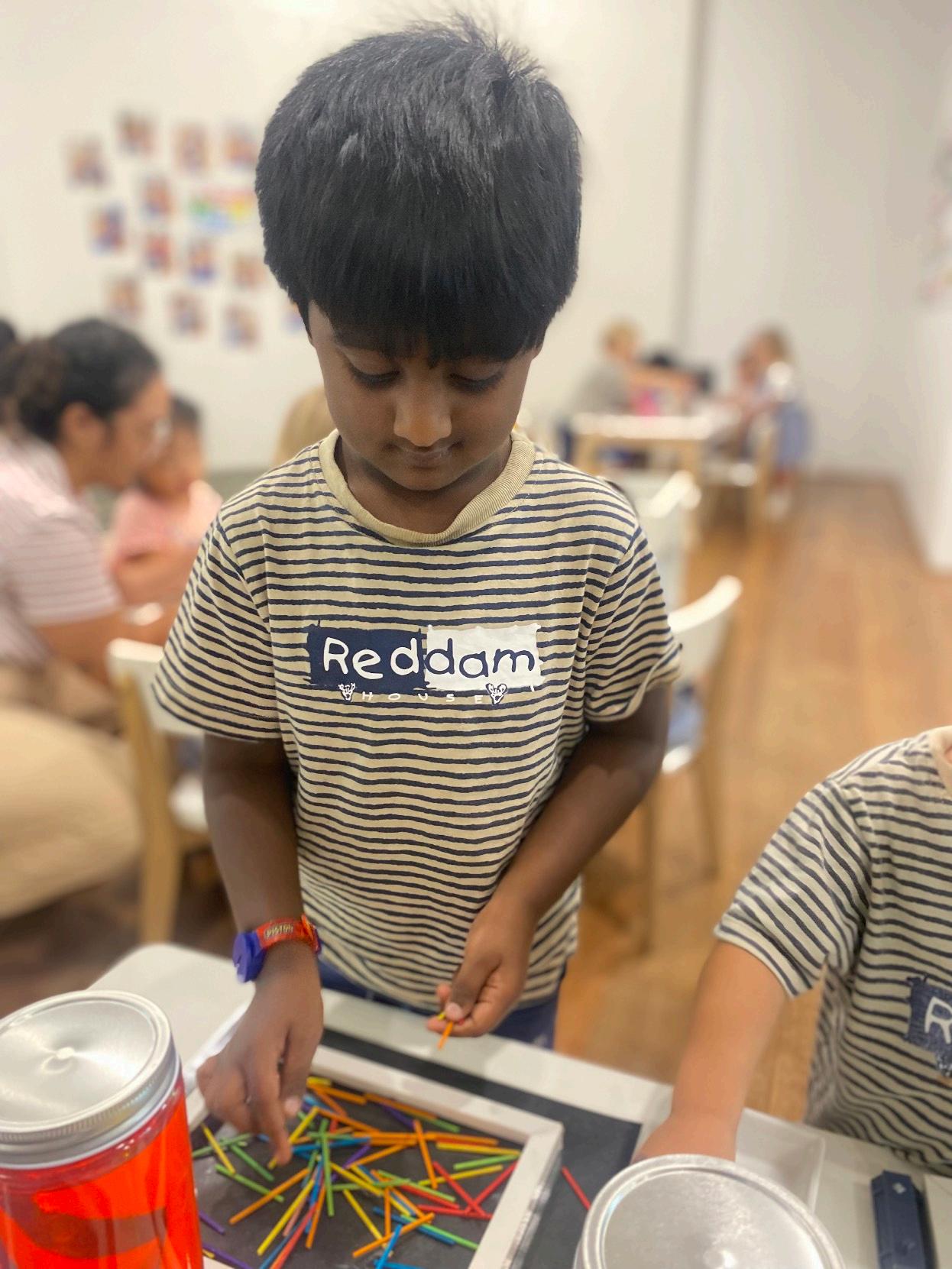
REDDAM EARLY LEARNING SCHOOL | ST LEONARDS NEWSLETTER 21
Stage 3E: Friendship


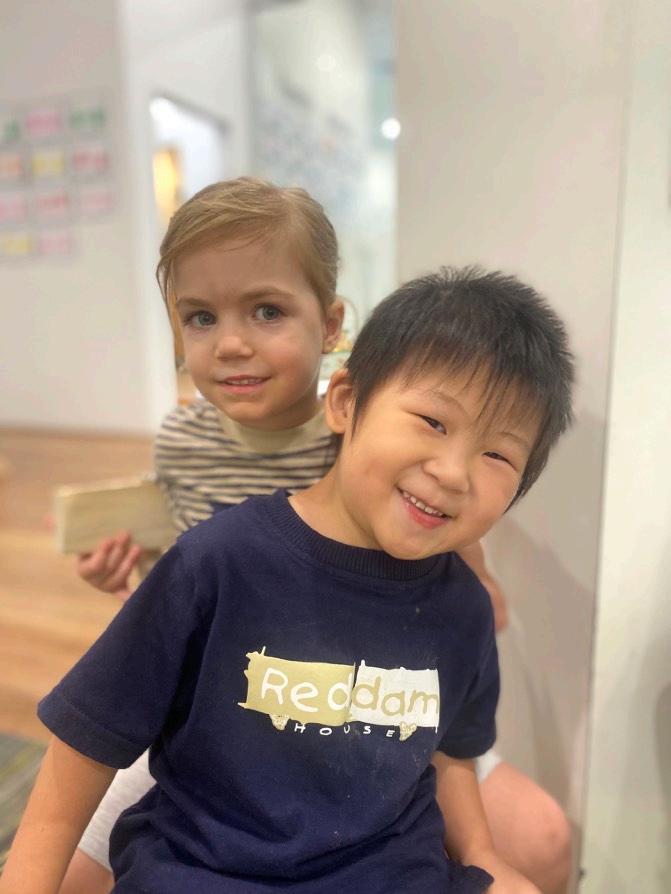

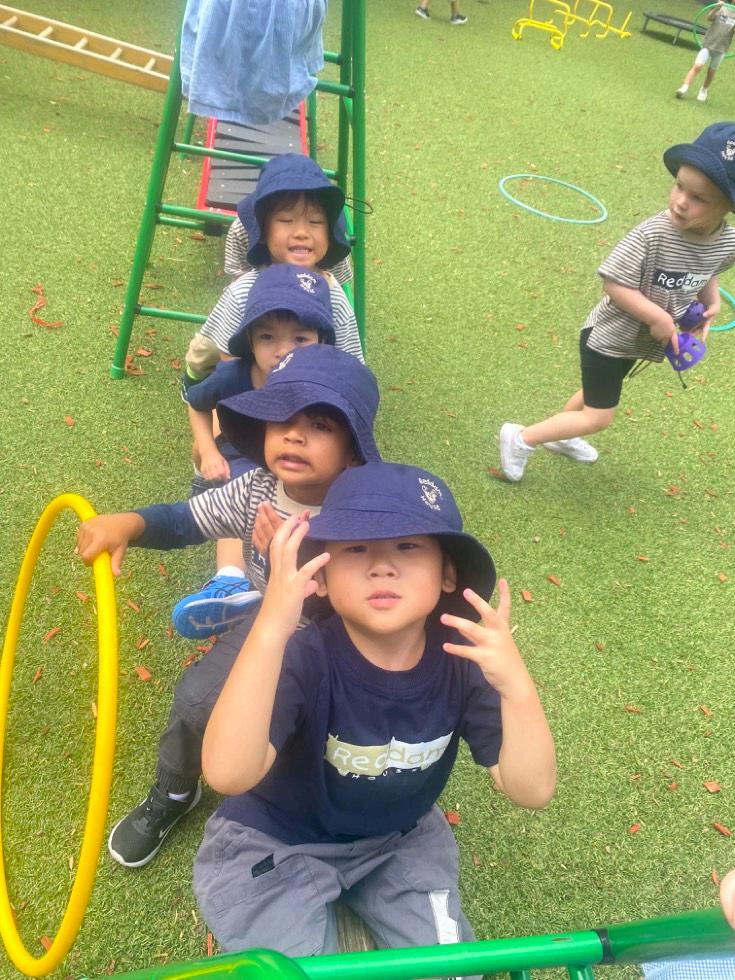
REDDAM EARLY LEARNING SCHOOL | ST LEONARDS NEWSLETTER 22
Stage 3E: Fine Motor Skills

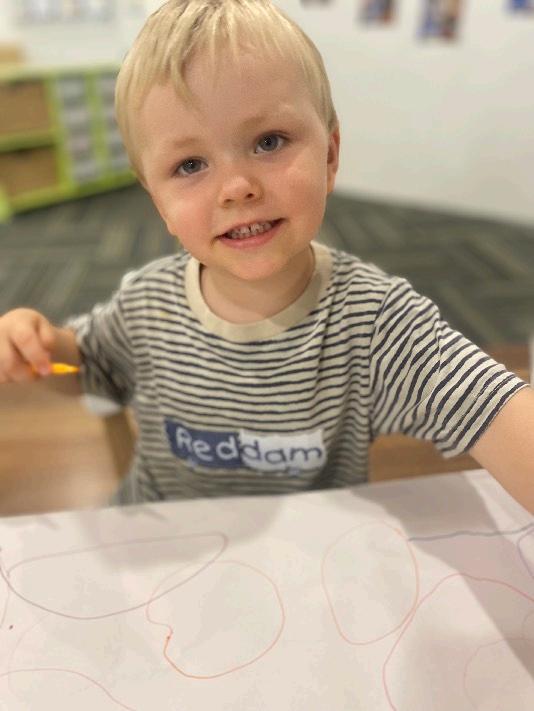
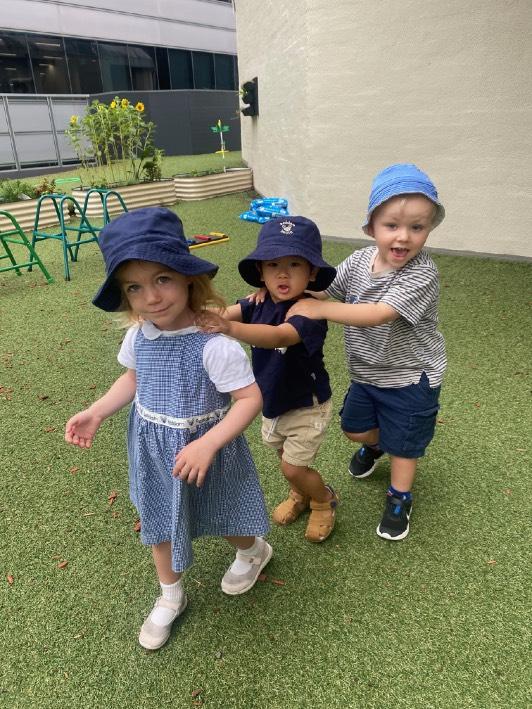


REDDAM EARLY LEARNING SCHOOL | ST LEONARDS NEWSLETTER 23
Stage 2/3 and 3R
The Colours of Us
By Ms Gabriela Guimarães
Our aboriginal provocation on Australia week has led us to a very confronting topic. Diversity. Our three year olds are at the stage in their development where they are questioning all different sorts of things and it is our duty as teachers to answer those questions. While exploring the Aboriginal culture Sienna made a very important observation, she mention how different was the aboriginal people skin colour.
To support our learning about diversity we started by reading the book “The Colours of Us” by Karen Katz. The book tells the story of seven-year-old Lena who is going to paint a picture of herself. She wants to use brown paint for her skin. But when she and her mother take a walk through the neighbourhood, Lena learns that brown comes in many different shades.
Through the eyes of a little girl who begins to see her familiar world in a new way, this book celebrates the differences and similarities that connect all people. Karen Katz created this book for her daughter, Lena, whom she and her husband adopted from Guatemala six years ago.
After reading the book we started exploring our diversity learning stations. The first invitation was a sensory bin filled with a bean mixture. We used diversity construction paper in different skin tones and roll them up to make skin tone tubes to pour the beans down.
The most important part of this activity was the conversations that we had with our preschoolers. As they scooped out the beans I asked them if they could find a bean that is the same colour as they skin; one a similar colour as me and one that was similar to mummy or daddy. As Reddam is a very diverse school; we had a diverse array of colours that we could talk about.
In the art atelier the children were invited to make their own hand prints. The children were given a number of shades to choose from for their skin colour then they painted on their own hands and stamped onto the paper.
The purpose of these diversity provocations is to help children explore and embrace differences among the class. We were also able to introduce new vocabulary.
We’re working everyday to change the world…one classroom at a time. We want our children to grow up knowing their value and the value of others.
REDDAM EARLY LEARNING SCHOOL | ST LEONARDS NEWSLETTER 24

Stage 3R The Colours Of Us

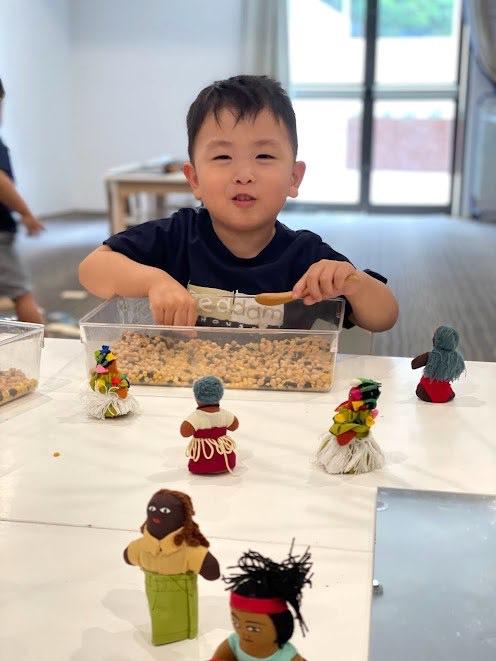
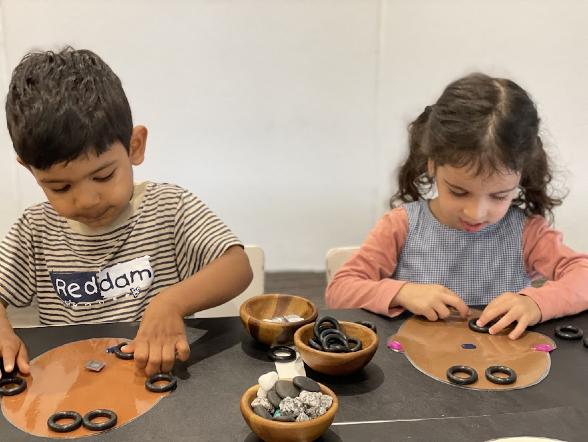
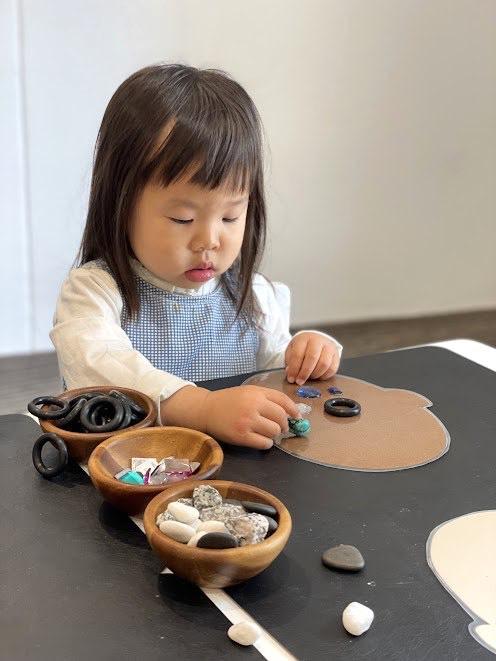

Stage 3R We Are All Different
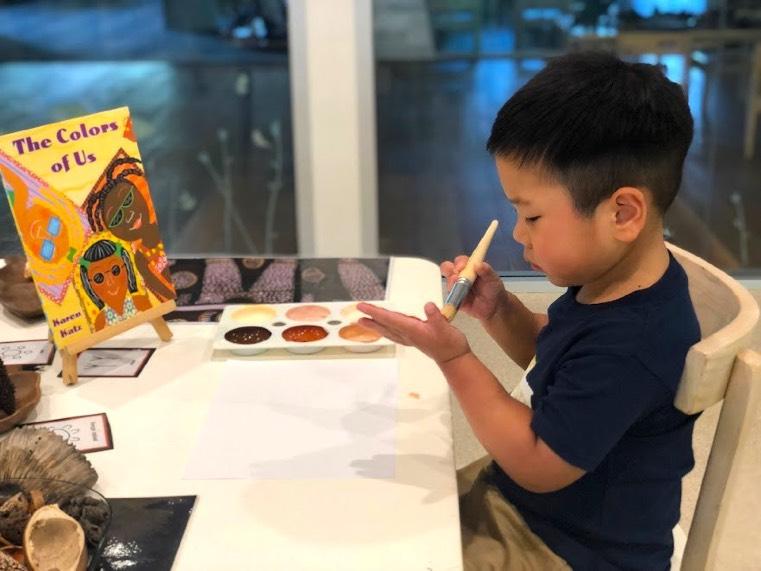
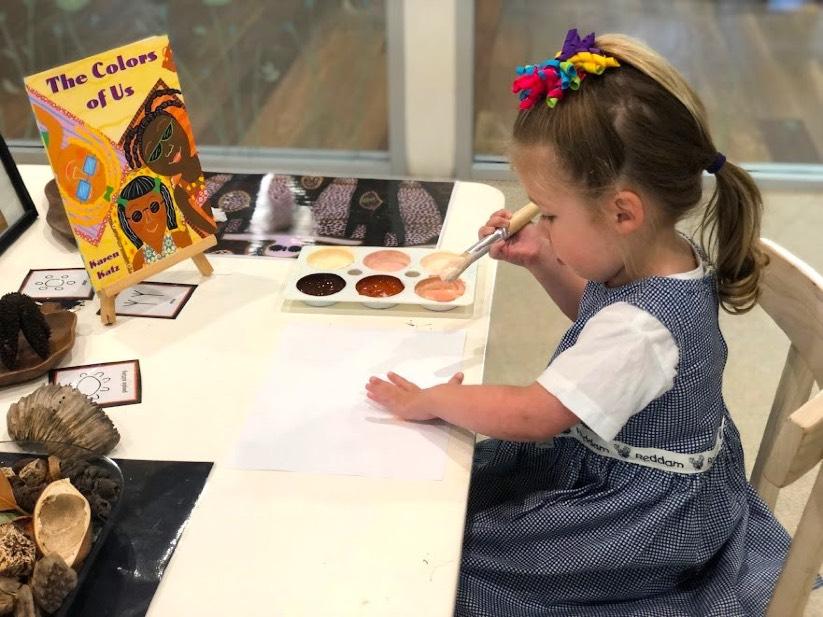


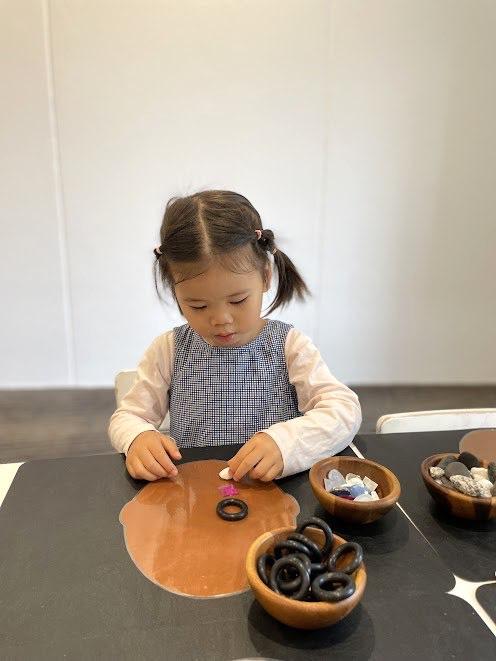
| ST LEONARDS NEWSLETTER 27
Stage 2/3 The Colours Of Us



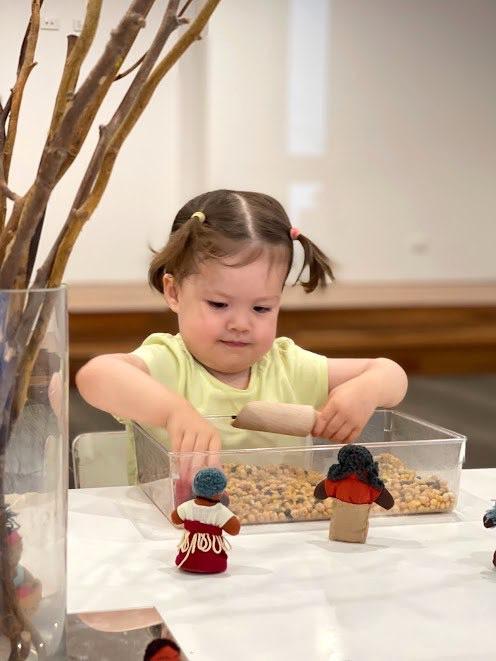

REDDAM EARLY LEARNING SCHOOL | ST LEONARDS NEWSLETTER 28
Stage 2/3 We Are All Different
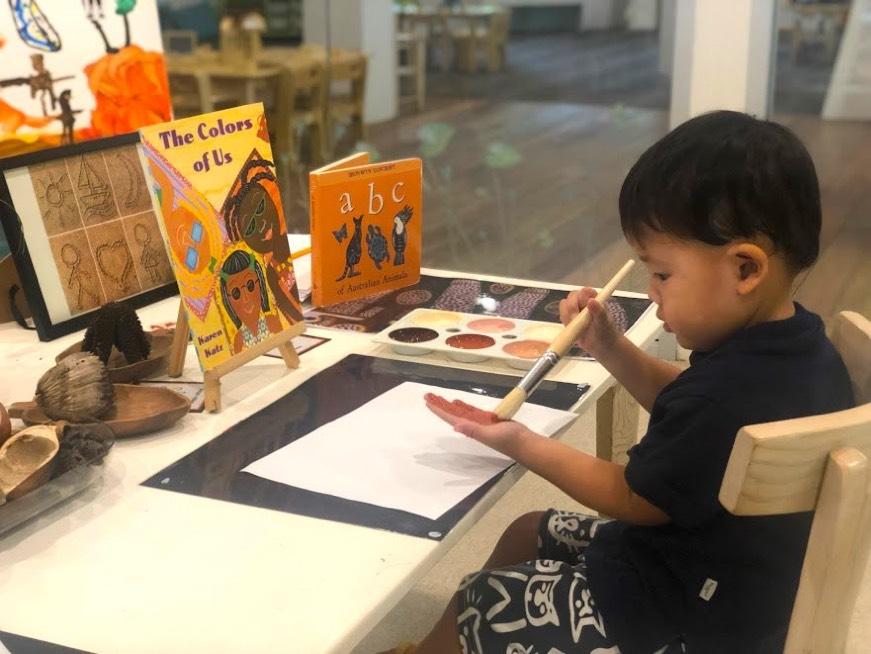




REDDAM EARLY LEARNING SCHOOL | ST LEONARDS NEWSLETTER 29
By Ms Madeleine Grant
From A to Z
This week our exploration of the letters of the alphabet brought us to D, E and F, where the children took part in activities based on dinosaurs, emergency services, and flowers! The aim of the week was to get the children engaged in immersive and interactive experiences based on their interests, and which offered lessons that can be taken on board in their daily lives.
D is for Dinosaurs
Over the past few weeks the children have loved playing with our toy dinosaurs, so it made sense to incorporate them into our provocation as an extension of their play. We created a prehistoric small world set up, with trays of wet and dry sand, rocks, wood, leaves, and all kinds of dinosaurs! They sat together and built homes for their dinosaurs, made them stomp and roar, and interacted with their teachers and each other through role playing. As they chose their dinosaurs they were encouraged to challenge their language skills by attempting to say their long names, and identifying their colour and size, or using adjectives such as ‘long’, ‘scary’, or spiky’
E is for Emergency
The children loved dressing up in their firefighter costumes and playing with the firetrucks, police cars and ambulances! They were particularly drawn to the old telephones, which we used to imitate calling triple zero, as well as identifying the numbers on the keypad. They loved talking into the phones, and were encouraged to use their words to talk to whoever they imagined was on the line. We also talked about how emergency services exist to help us when things go wrong. We then asked the children who they can call on when they need help; their teachers and their parents, and how they need to use their voices to speak up when they need assistance.
F is for Flowers
For our art project we made intricate artworks using flowers in place of paintbrushes! They children dipped chrysanthemums into floral coloured paints, and stamped them over the page to leave prints of the petals. This activity aimed to encourage them to use their ‘gentle hands’, as they found pressing too hard damaged the delicate petals and made the flowers fall apart! They were shown how to gently press the flowers, and asked to copy the movement to leave beautiful, colourful marks all over the page!
Housekeeping
Can all parents please ensure all children’s clothing and belongings are labelled!
Stage 2E
REDDAM EARLY LEARNING SCHOOL | ST LEONARDS NEWSLETTER 30
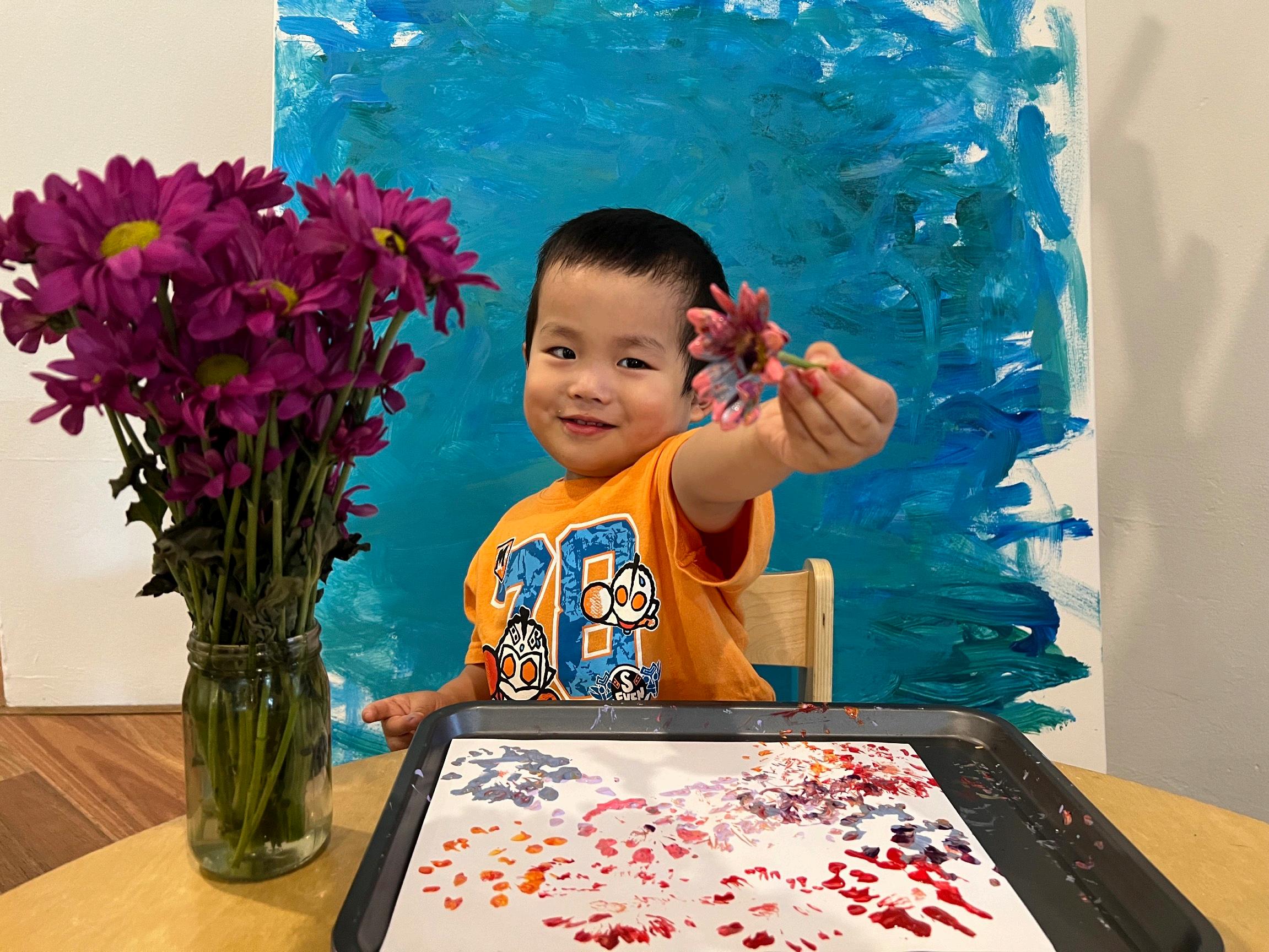
REDDAM EARLY LEARNING SCHOOL | ST LEONARDS NEWSLETTER 31
Stage 2E: E is for Emergency





REDDAM EARLY LEARNING SCHOOL | ST LEONARDS NEWSLETTER 32
Stage 2E: F is for Flowers
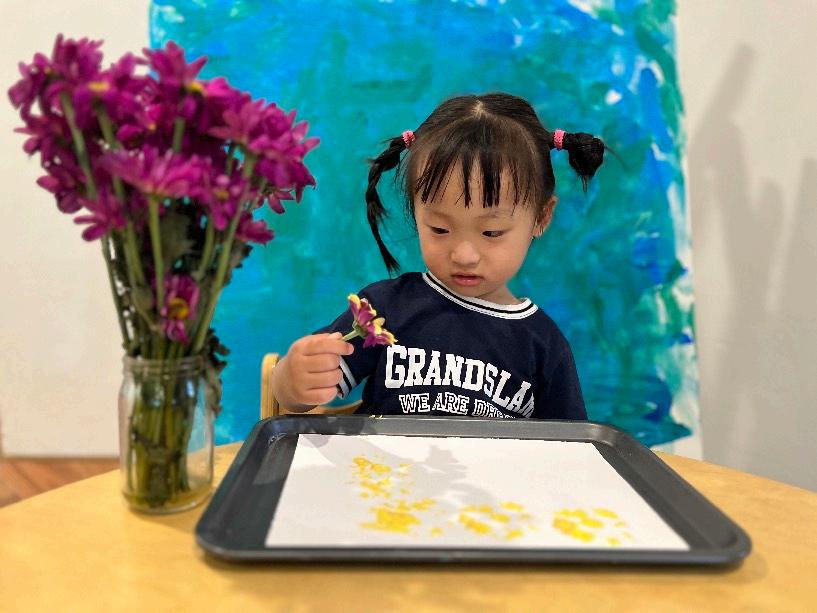


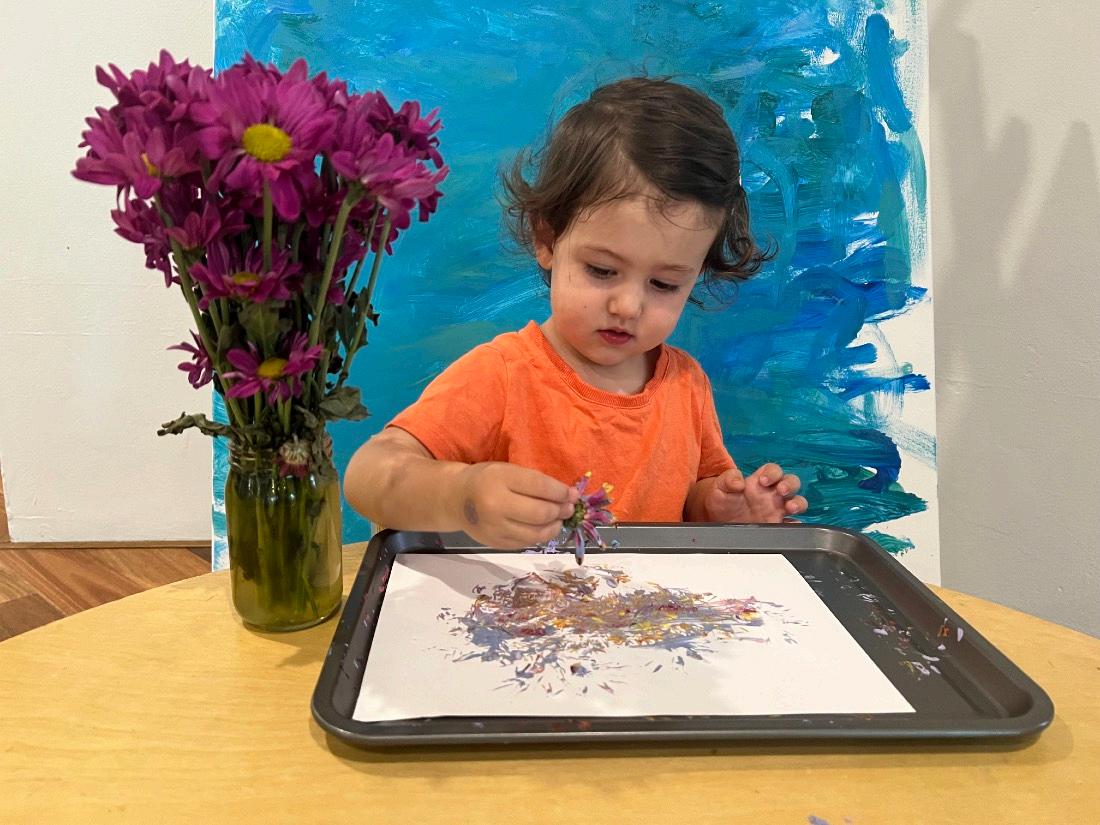

REDDAM EARLY LEARNING SCHOOL | ST LEONARDS NEWSLETTER 33
Stage 2R
Exploring Alphabet Provocation
By Ms Ailene Caballes
“C
is for Counting” and “D is for Dinosaur”
In continuation with our alphabet provocations for this term, Stage 2R explored more about the letter C as they engaged in our “C is for Counting” provocation. We created and implemented a numeracy-based counting provocation for the children using various recyclable materials to support the children’s learning with regards to counting and sustainability.
Our provocation included the use of recycled corks, pasta shells, craft pom poms and a food box. It is important during the children’s early years learning and development that they build a strong bond with caring for the environment through sustainable practices. The provocation helps to strengthen the children’s current emergent skills in counting, their one-to-one number correspondence skills as well as their creativity and imaginative skills. The provocation also helps show children that we can play and have fun using recyclable materials.
Our Stage 2R “D is for Dinosaur” provocation may just be the children’s current favourite provocation yet as they really enjoyed creating a habitat for our friendly dinosaur friends! Extending on our alphabet provocation for term one, the Stage 2R educators set up the provocation with the purpose of inspiring curiosity and creativity amongst the children with regards to investigating dinosaurs.
We observed the children often playing with our dinosaurs that we set up on one of our weekly learning stations therefore, we wanted to create a provocation that reflects and promotes that interest of theirs. The provocation builds on the children’s current knowledge regarding dinosaurs as the children initiate a discussion with the educators about the names of the dinosaurs and what they like to eat and where they live.
Next week, the Stage 2R children will be exploring the letter E and letter F in our funfilled provocations!
Stage 2R Parents and Families Notice Board
Please send through your family pictures if you haven’t yet so I can add them to our family tree display. Also, a friendly reminder to please label all of your child’s belongings to avoid them getting lost or misplaced. Thank you.
REDDAM EARLY LEARNING SCHOOL | ST LEONARDS NEWSLETTER 34
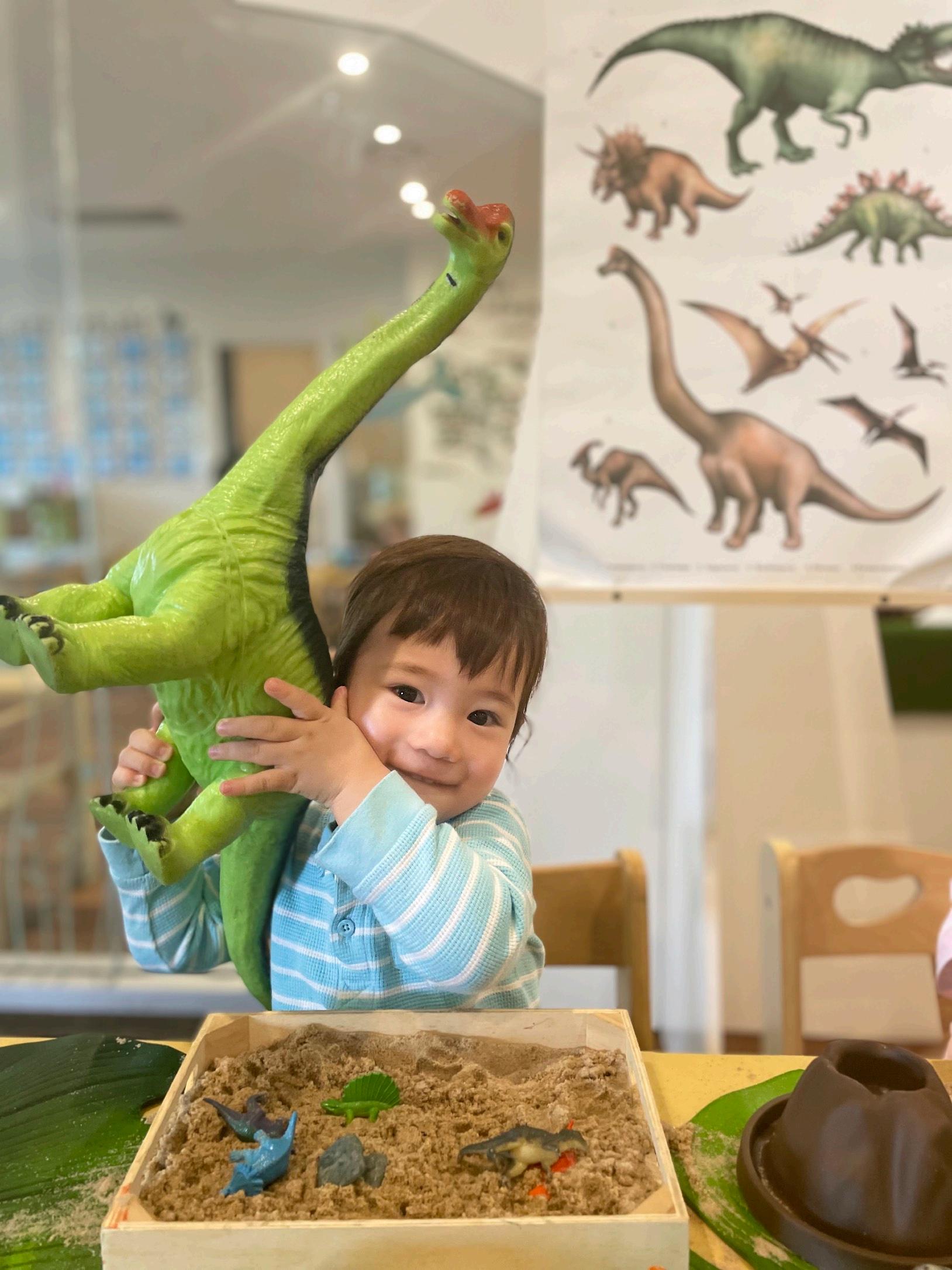
Stage 2R: C is for Counting




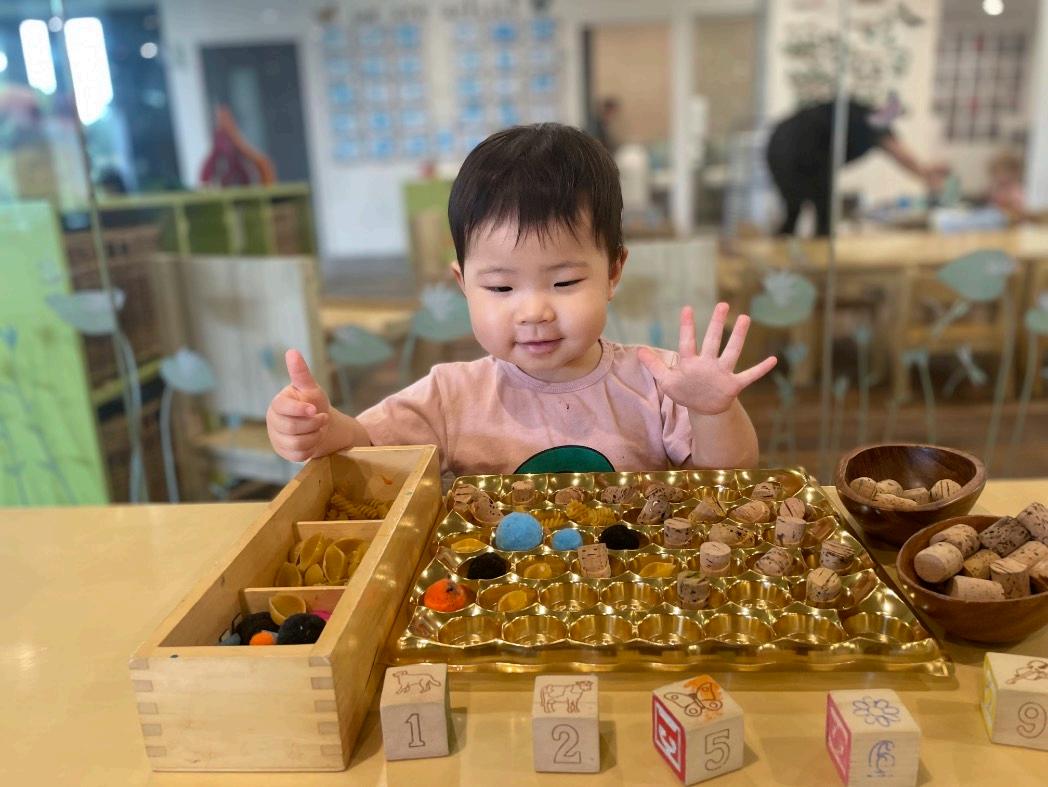
REDDAM
EARLY LEARNING SCHOOL
Stage 2R: D is for Dinosaur



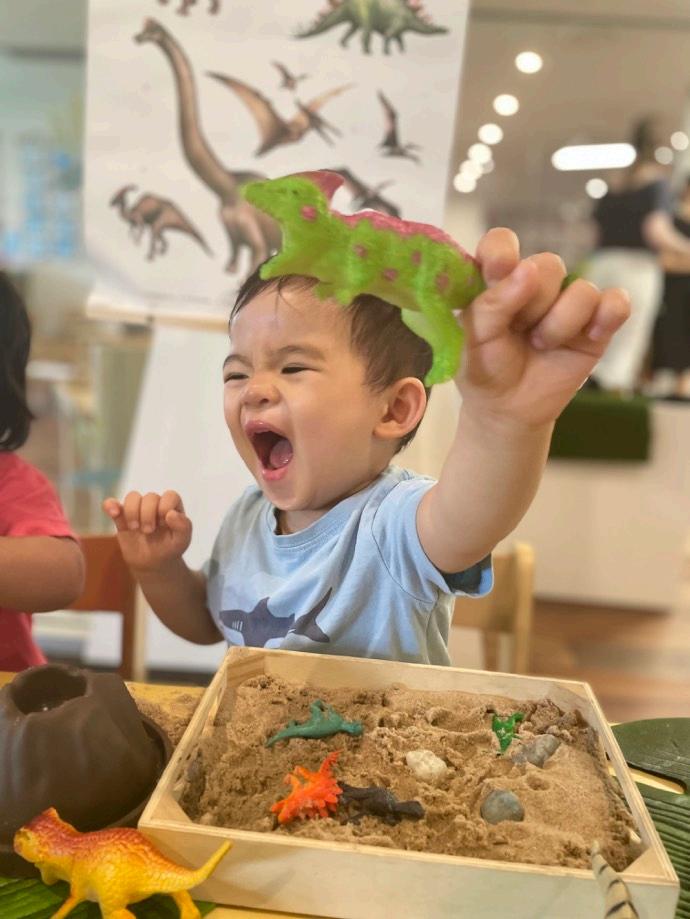

Stage 1E
By Ms Justine Heydra and Ms Alessia Angilletta
“When life gets you down, you know what you gotta do? Just keep swimming.”
- Dory
Dear parents
Thanks so much for all the lovely family photos that you have sent, the children love looking at our tree and happily point out their own family pic.
Having their picture there really has made a difference especially during the first few weeks as it creates a familiar environment for the children where they can feel comfortable and also part of the class.
As mentioned in the previous newsletter we are focusing on Sea animals and Ocean, and after seeing the great interest of the children we decided to get a pet fish.
The children were absolutely thrilled by it, as they walked in in the morning they straight away went close to the fish tank and look for the fish.
They also observed the fish tank and noticed the different elements such as algae and the rocks at the bottom and we were able to have a small discussion about it with them, and it also helped them settling at drop off.
To recreate the environment and make it more hands-on for the children we prepared a “jumbo water beads sensory activity”, that gave the children an opportunity to move the fish around the water beads and recreate the fish tank environment, great for their imagination and fine motor skills.
Moreover we planned a sensory fish tray, each tray had different size shells, different type of fish and some blue sand, it was a great activity as it allowed the children to feel different textures.
This activity supports language development as we were discussing with the children the differences of those elements, and its incredibly good for mindfulness because get the children senses involve as well as the children focus.
As art we did layers of the ocean dropper art, we really noticed how the children particularly love mixing colours and use different tools, and the dropper was great because they were able to squeeze the quantity they wanted and mix drops of blue and green, that offered also great practice for they fine motor skills and colour recognition.
REDDAM EARLY LEARNING SCHOOL | ST LEONARDS NEWSLETTER 38
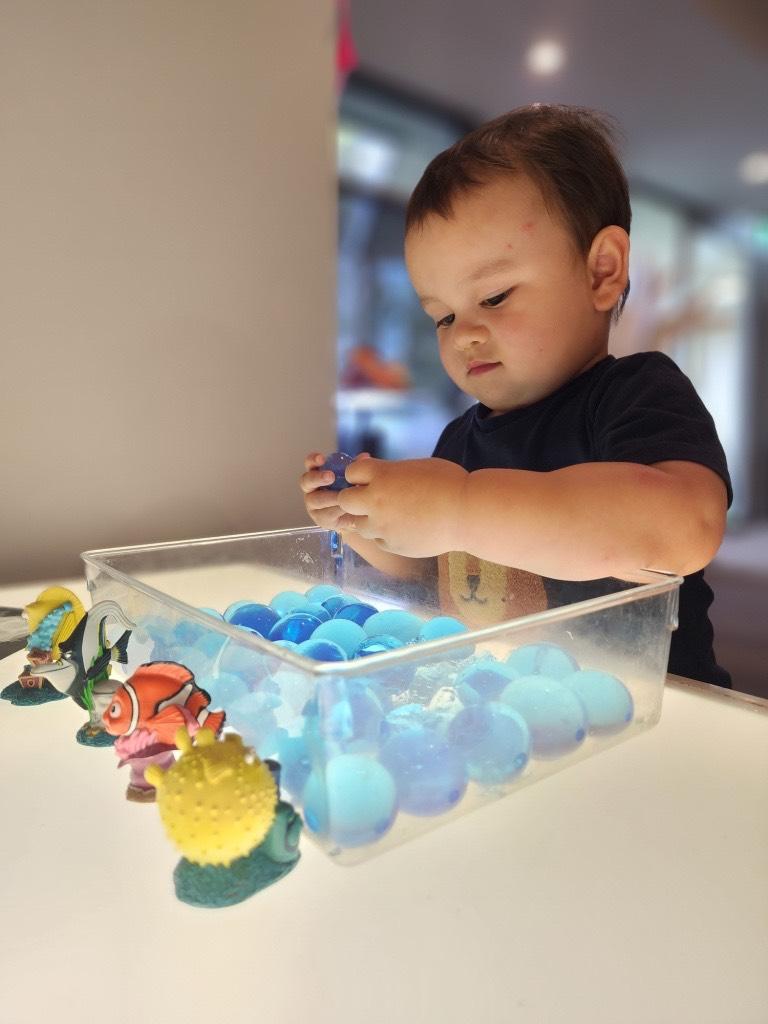
Stage 1E: Ocean Sensory

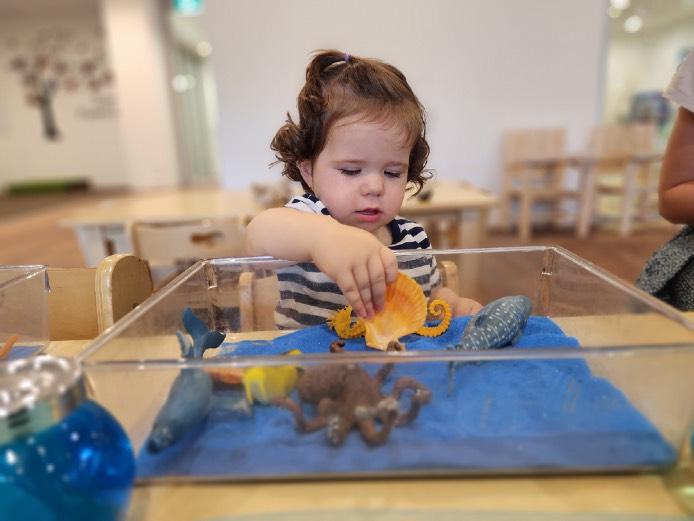



REDDAM EARLY LEARNING SCHOOL | ST LEONARDS NEWSLETTER 40
Stage 1E: Underwater Discovery
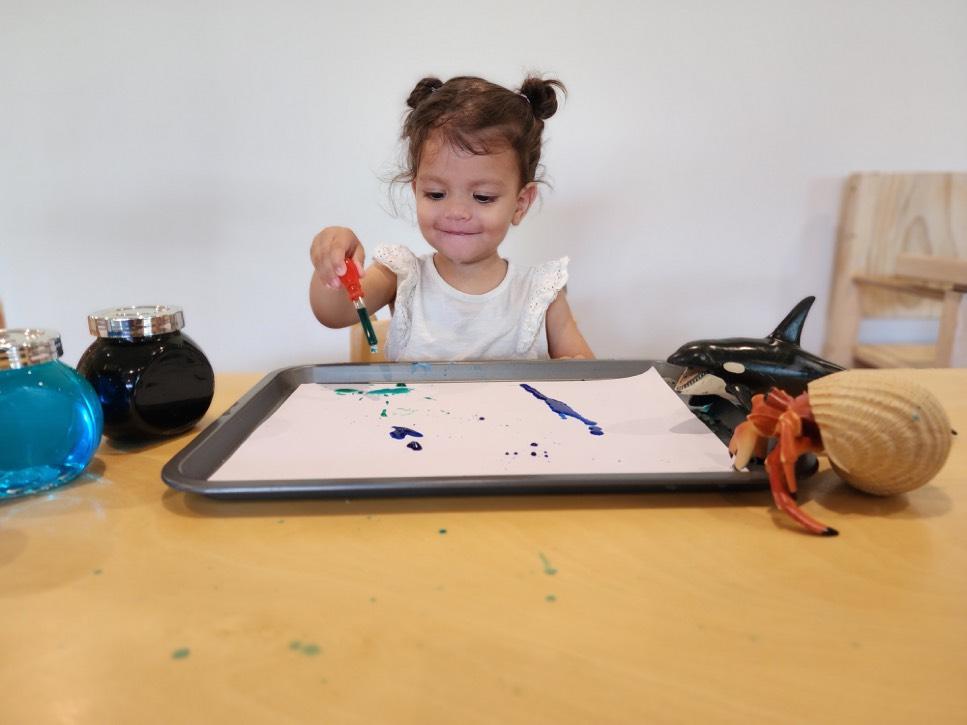



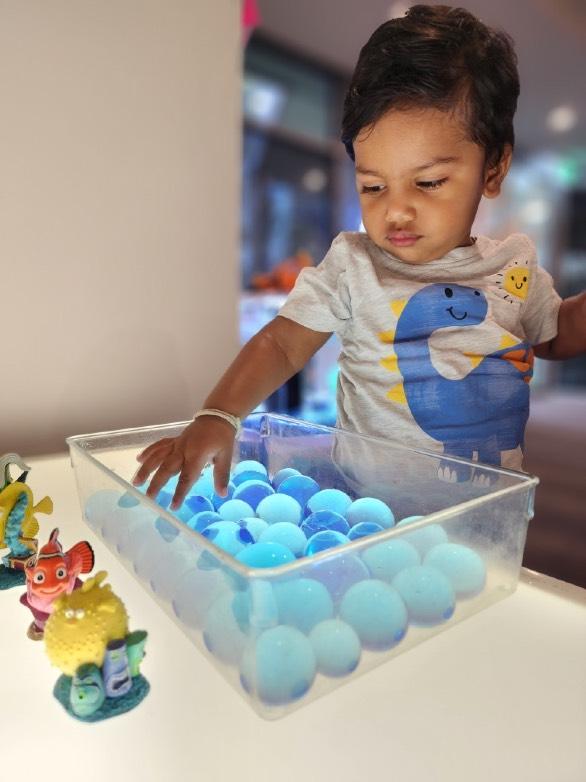
REDDAM
EARLY LEARNING SCHOOL
Stage 1R
“Three Little Ducks Went Out One Day…”
By Ms Amanda Felton
We love to sing this song, which is wonderful for children to learn about mathematics at such a young age. This helps children to form strong cognitive connections and understanding of their surroundings. Each of the children engaged in listening to the song while they did their experiences.
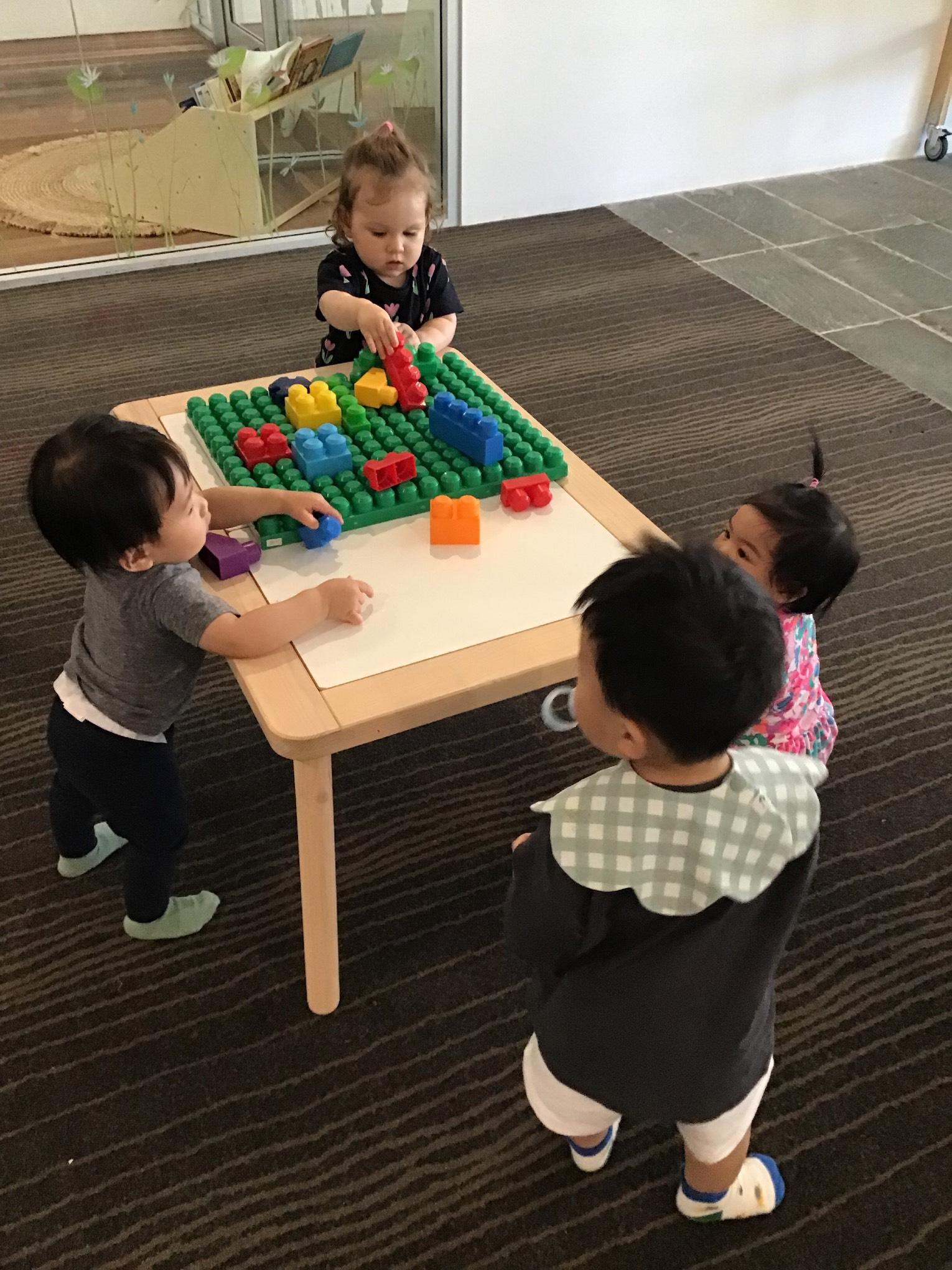
Artwork was a yellow crayon drawing. A great way to learn how to do a pencil grip.We also had lots of fun doing our sensory experience with sand printing of foot prints. This was really engaging and simulating as they love this group time and learning how to share with each other.
Specialist classes has been drama and riding on the Choo Choo train. Each of the children are learning how to listen and take instructions from new teachers..well done
Stage 1R
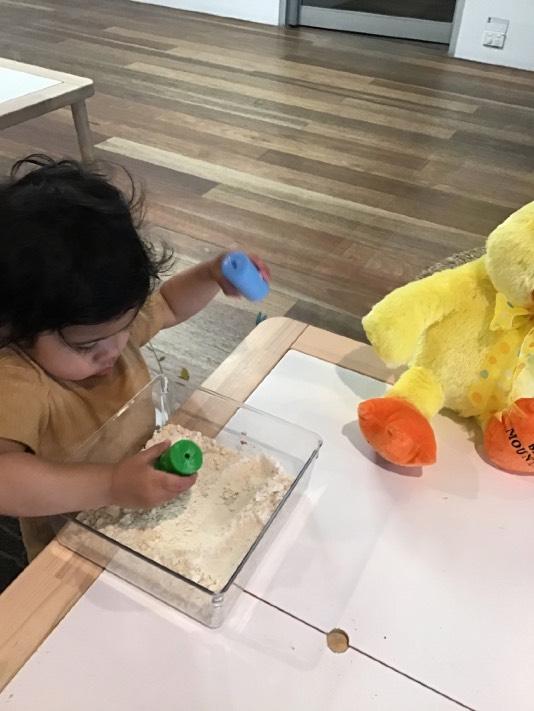




43
Drama
By Ms Laura Hudson
This week in drama our focus was Bears, Bears, Bears! Miss Taia was introduced to all the classes too.
Stage 1 and 2 explored the theme of Bears with the popular nursery rhyme “Teddy Bear’s Picnic”. Extending on our ideas from last week, we used our imagination to walk/ jump/ hop/ march through the woods and arrive at our picnic (on the parachute). Jesse in Stage 2/3 showed us how fast and slow we can march. Sienna showed us how to jump to the picnic. Stage 1 had a special visit from my Guinea Pig friend. Louie was very brave and touched and pat the Guinea pig. We finished by shaking the parachute for the toys. Ethan in Stage 1 is becoming more and more confident with the parachute and Frankie had a huge smile while we were shaking. Stage 2 practiced their bows.
Stage 2 are very good at following the leader, and we are beginning to introduce walking in rhythms and freezing. Waiting at our picnic was a stuffed toy (ballerina bear). The stuffed toy was hungry! We discussed what food might be served at a picnic, and pantomimed eating some of the foods. In Stage 1 Ethan was eating a banana and Sophie was eating a pear. The stuffed toys then wanted us to put on a show for them. In Stage 2 we discussed “what makes a good audience?” and recapped how to take a bow. The children came up with some great answers and actions including “goggles for watching, audiences are quiet, shhh”, “audiences clap for you”. We then showed the

REDDAM EARLY LEARNING SCHOOL | ST LEONARDS NEWSLETTER 44
Stage 3 and 4 explored the theme of bears in a few different ways. We started the lesson by talking about bears. What they look like, sound like and black and brown bears, and what to do if you find one in the wild.

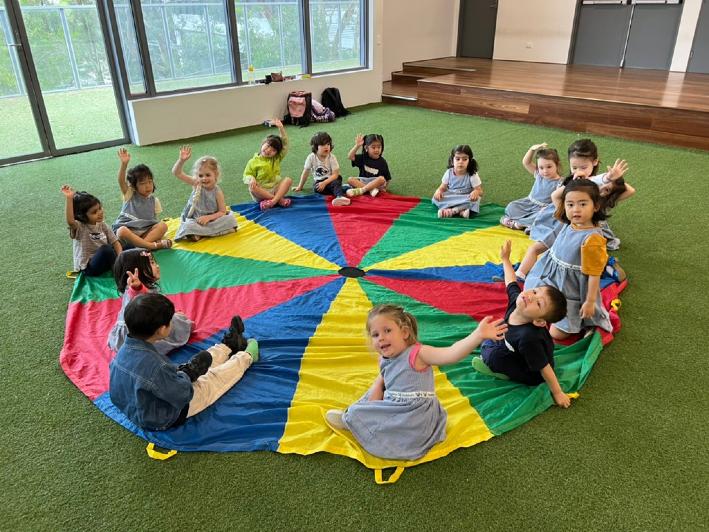
We then decided to go on our own bear hunt! First, we needed to pack an imaginary bag. The children came up with ideas on what we might need. Some suggestions included hats, sunscreen, water and jumpers. Charlie brought his binoculars; Harrison packed some fruit and sandwiches. We used the popular song "We’re Going on a Bear Hunt” as a backing for our hunt. We mimed spotting them. Mia in Stage 4 saw a Brown bear and told us to climb a tree. Johnny also suggested playing dead.
In Stage 4 Hannah saw a black bear and we all backed away slowly. Betty remembered about the bubble gum from a story I told them, so we used that to scare off two bears. We then found ballerina bear waiting for us at the picnic. We finished the class with our song "teddy bear teddy bear". Everyone danced beautifully. In the song we learnt all about the right things to do as an audience like listening, watching, sitting up straight, and clapping.

What a busy and fun class we had! See you next week :)
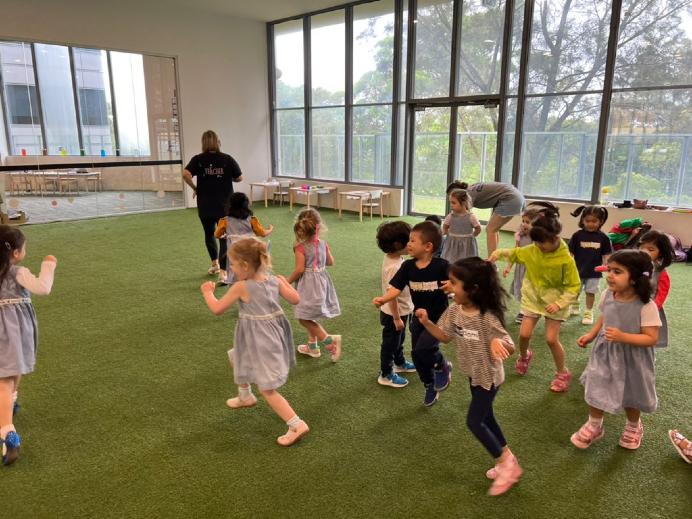
REDDAM EARLY LEARNING SCHOOL | ST LEONARDS NEWSLETTER 45
Drama


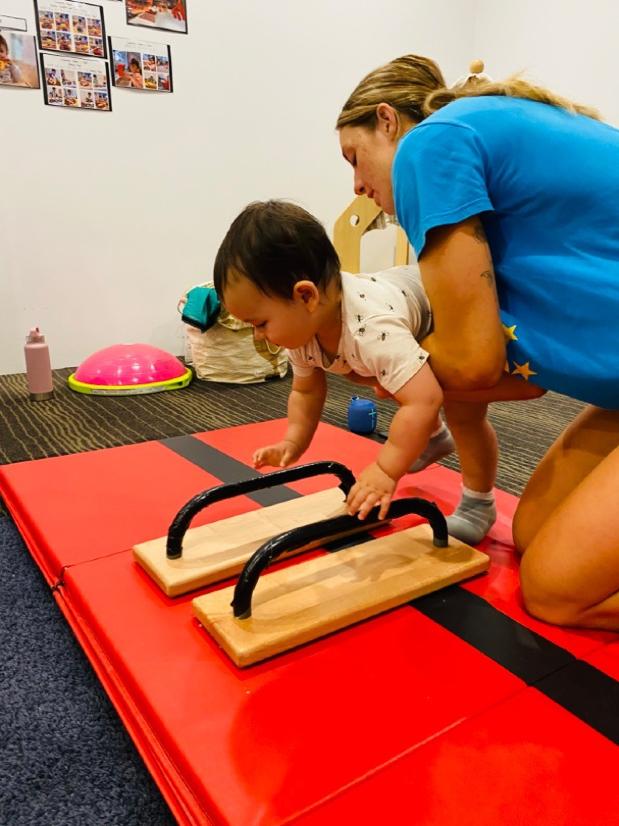
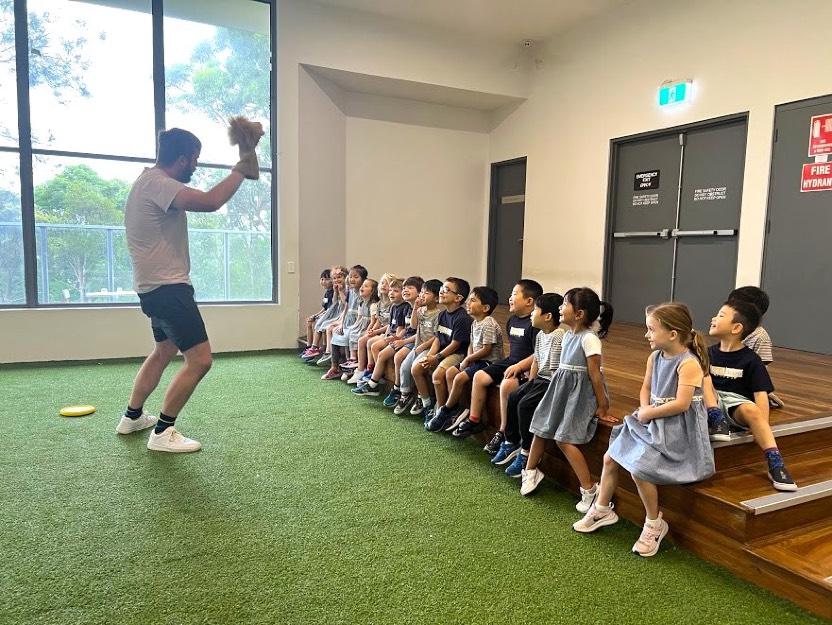

| ST LEONARDS NEWSLETTER 46

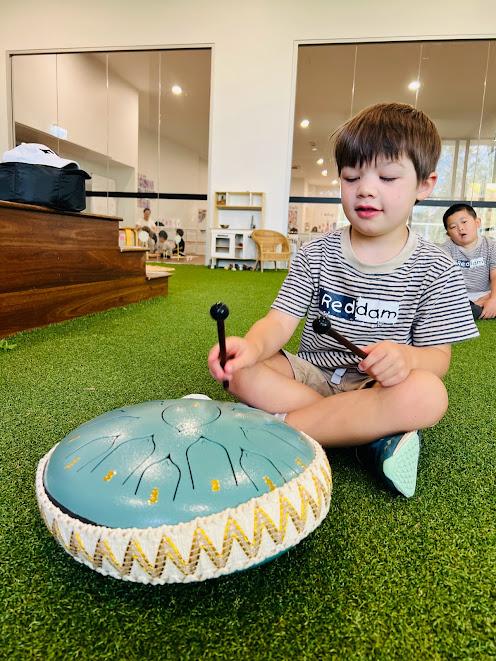


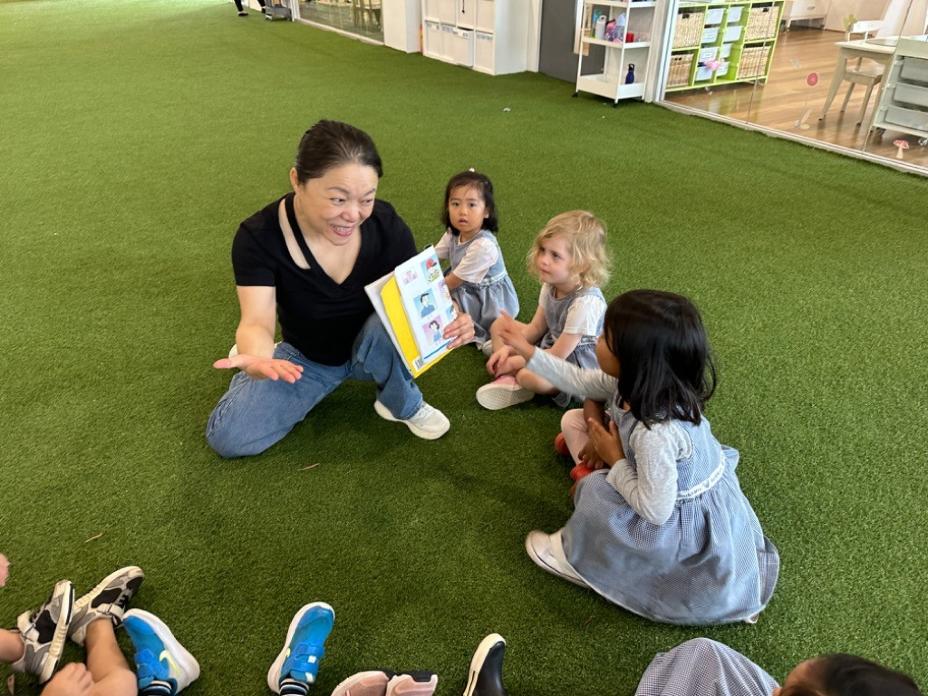
REDDAM EARLY LEARNING SCHOOL
Mandarin


 By Mrs Simone Cooke
By Mrs Simone Cooke





































































































































